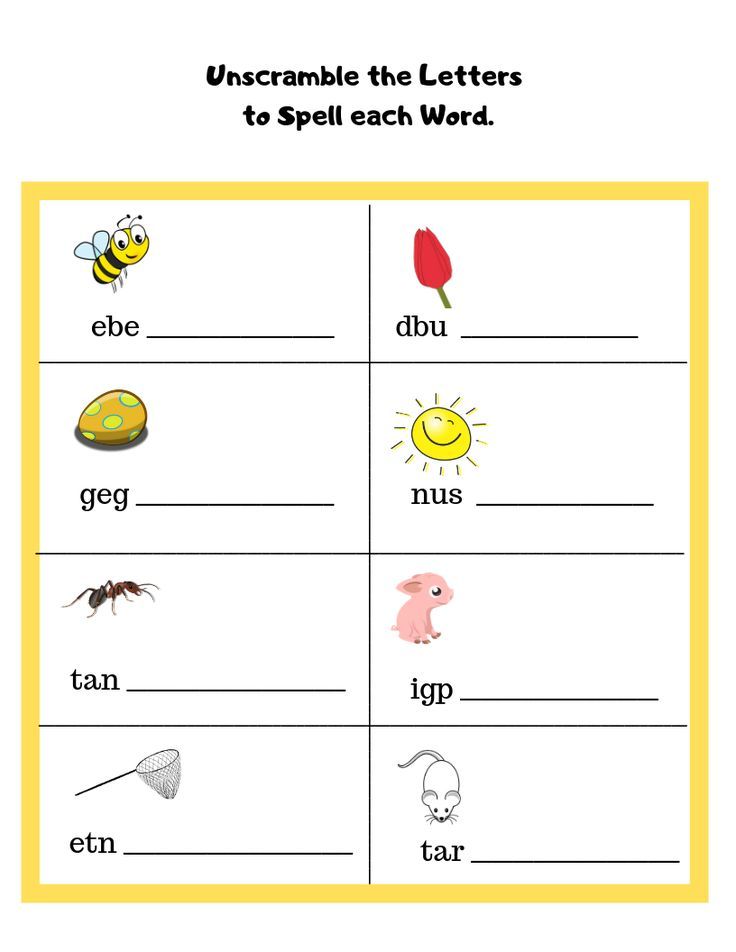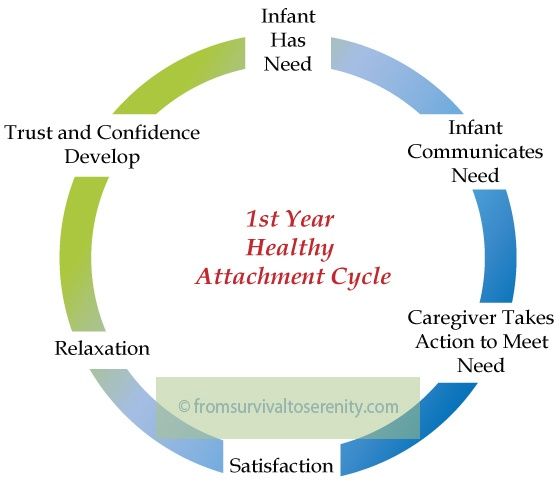How to teach a child english spelling
How to teach spelling words so they stick
Most children begin to learn English spelling words and spelling rules in the first and second grades, at the same time as they are learning how to read and write. And while being able to spell is not necessarily a reflection of a child’s intelligence, it’s a skill that is important to master.
That’s because poor spelling habits will follow a student as they move into higher grades and their vocabulary grows. Misspelled words are distracting for teachers who are correcting assignments and can be embarrassing for adults who still make mistakes in professional communication.
More importantly, problems with spelling can alert teachers and parents to the presence of an un-diagnosed learning difficulty, such as dyslexia.
In a language in which there can be multiple ways to represent the same sound in writing, knowing the correct way to spell a word is not always evident.
There are some general patterns in English that have enabled educators to write lists of rules. However, there are also exceptions to these rules and plenty of notoriously hard to spell words.
Adult learners who did not master spelling at a young age will have fossilized errors they need to unlearn. ELL students also have the differences between British and American spelling to contend with.
For educators charged with introducing spelling words, explaining the rules, motivating learners and correcting a child’s early written work, teaching spelling may prove challenging. But with fun teaching strategies in place, spelling instruction is less tedious and can even be enjoyable, particularly when learners excel to the point of participating in whole school competitions and regional spelling bees.
How do kids learn spelling?
Kids learn how to spell in the first and second grades. Most early spelling words need to be memorized. This is particularly true of high frequency service words. Teachers will often group them in sets and provide weekly quizzes.
Rules will be explained and terms that follow the same rule may be taught together, to help learners recognize patterns.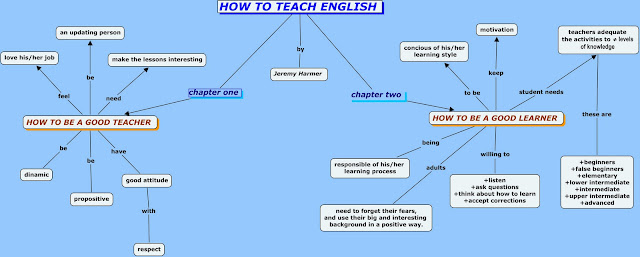 As students become stronger readers, they encounter familiar words more often. This helps them with spelling.
As students become stronger readers, they encounter familiar words more often. This helps them with spelling.
The more students use their words in writing activities, the greater the chances they will learn them by using the correct form, referencing it or making a mistake which they must later correct.
Sound-letter mapping
Children spend the first few years of life learning how to speak their native language. They acquire a certain amount of words in their vocabulary and then begin learning the alphabet and phonics.
In this way, they can identify the sounds words contain and match them to letters and letter combinations. These are essential pre-literacy skills that every child needs in order to start reading and writing.
As spelling involves sound-letter mapping, some words can be spelled by ear.
However, this requires learners to be able to hear every sound the word contains. Not everyone can do this. Children who have a hearing impairment, which often occurs in kids with Down syndrome, may struggle with spelling because they simply cannot pick out all of the sounds in a word.
Identifying phonemes is also a particular challenge for children with dyslexia.
Dolch words
Many early spelling words come from the Dolch list, a selection of terms that make up 50-75% of all of the text in children’s books and school materials.
Also called Sight Words, learning to recognize and spell these words makes it easier for kids to focus on harder and less frequent terms in reading and writing activities. Made up of prepositions, verbs, adverbs, adjectives and conjunctions, there is an additional list of common nouns that teachers may choose to introduce. Learn more about teaching Sight Words in this article.
Tips for teaching spelling
Let them get creativeBreak out the construction paper and markers. Alternatively, have students cut out letters from magazines and make a ransom note style collage of words. Learners might even create posters containing different illustrations of the words on their list. The more cognitive attention given to the task and the more fun they have, the more likely a word will be remembered.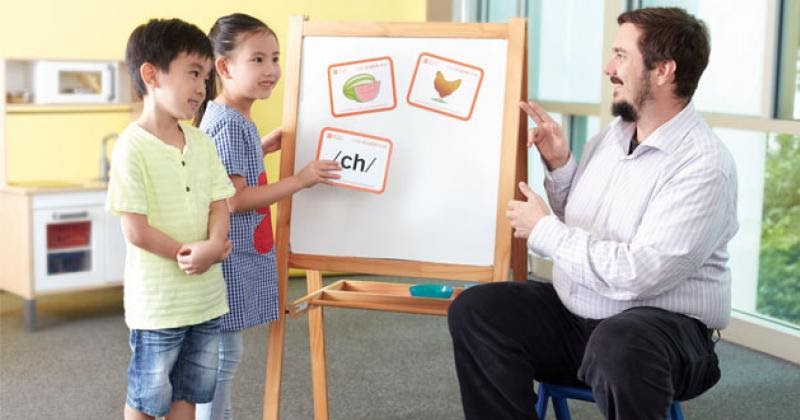
Rote practice and memorization may be boring but they can do the trick when it comes to focus on form. Having students copy a word multiple times helps. However, if a student struggles with handwriting, such as in dyspraxia and dysgraphia, it may be better to have them type the words on a computer.
Encourage readingThe more learners see a word spelled correctly, the easier it is for them to transfer knowledge of form into long-term memory. Find stories that contain repeat examples of the words on your spelling list. You might even write up a worksheet and have kids underline or star the terms they recognize.
Spell the word out loudSay words out loud and spell them out loud too. This encourages students to do the same. When kids spell out loud it helps them internalize the correct order of the letters using their ears as well as their eyes. This is also a good strategy for children who struggle with learning difficulties and helps in preparation for competitions like spelling bees.
Put up as much print as you can manage in the classroom. Words that are in a child’s environment will be received as passive input, which over time will transfer to active knowledge.
Play games to practiceCrossword puzzles and worksheets are great for homework or quiet activities but getting the whole class involved in games such as hang-man, is even better. Why? Because students will be motivated to spell the word correctly in order to win. Delivering answers will also necessitate both written and spoken responses. Some games will also give them a chance to evaluate their fellow students’ responses and correct any misspelled words.
Teach typingA great way to practice spelling is through a typing course. Students type and spell words over and over until they learn which letters keys represent, and how to reach for them in sequence. Typing gives students a chance to revise words they’ve already learned and learn the spelling of new words. They do this with the help of muscle memory in the fingers.
They do this with the help of muscle memory in the fingers.
A multi-sensory approach like Touch-type Read and Spell's will also help with grapheme-phoneme mapping and strengthen reading skills.
Explain mnemonicsSome hard to spell words can be made easier for students if they use a mnemonic device to remember the spelling. This may entail inventing an anecdote where characters in the story stand for the letters in a word. A student may also want to use images that correspond to letters, to help them remember the spelling.
Knowing how to recognize dyslexia
It is crucial to catch learning difficulties early on to prevent a child from falling behind his or her peers and help kids reach their full potential in the classroom. Students with dyslexia may have a hard time spelling words their classmates find easy.
They may reverse letters in handwriting activities or spell a word correctly one day and incorrectly the next. While spelling is impacted, dyslexia can also have serious implications for reading.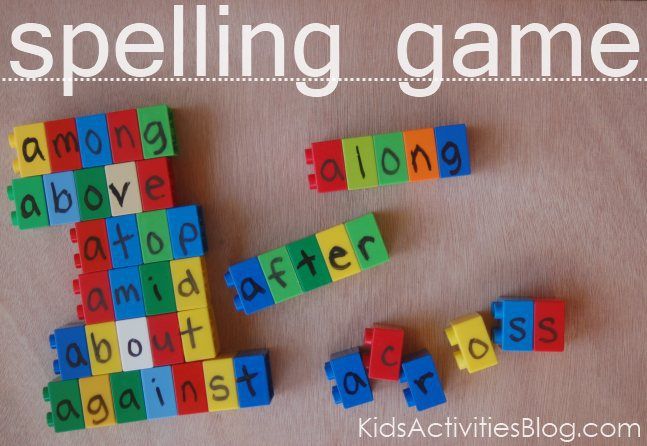 Learn more about spelling strategies for dyslexic students in this article.
Learn more about spelling strategies for dyslexic students in this article.
Students who struggle with spelling
Having excellent spelling skills doesn’t necessarily mean a child is smarter than other kids. Nonetheless, learning good spelling habits from the start is important.
For students who struggle with spelling, working through a typing course can be just the ticket to improving their skills and gaining more self-confidence and motivation along the way. That’s because students can practice their typing in and outside of the classroom. Moreover, typing is thought of as more of a computer skill, which is less embarassing than needing extra help for spelling.
A modular course, like TTRS, is made up of individual units that students can repeat until they have learned the material. This gives learners the chance to overlearn spelling, which may be exactly what they need. They can also learn at a pace that is just right for them. Learn more about teaching kids to type and give TTRS a try today!
Learn more
If you like this article, you may also be interested in: 3 Causes of spelling difficulties, How to help with spelling, and Developing strong spelling skills
Do you have any creative tips on teaching spelling words? Join the discussion in the comments!
For teachers
TTRS is a program designed to support educators in teaching students touch-typing, with additional emphasis on reading and spelling.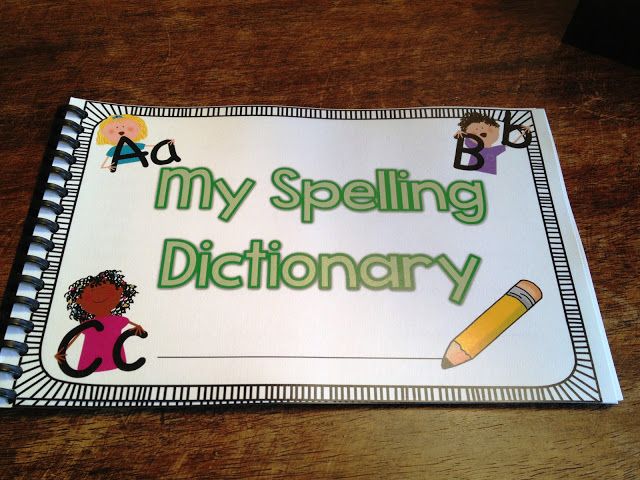
25 Best Ways To Try
Kids can learn spelling in fun ways while engaging in creative activities.
Research-backed
MomJunction believes in providing reliable, research-backed information to you. As per our strong editorial policy requirements, we base our health articles on references (citations) taken from authority sites, international journals, and research studies. However, if you find any incongruencies, feel free to write to us.
Image: Shutterstock
When you form a word with letters, it’s called spelling. Learning to spell words is an essential academic milestone that lets a child comprehend and convey their thoughts properly. Perhaps it is why several parents enquire how to teach kids to spell. Knowing the right time to introduce a child to the concept of spelling is vital to prevent overwhelming their brains with too much information.
Forming a word in English can be particularly challenging as the child has to understand several spelling rules to form a grammatically correct word.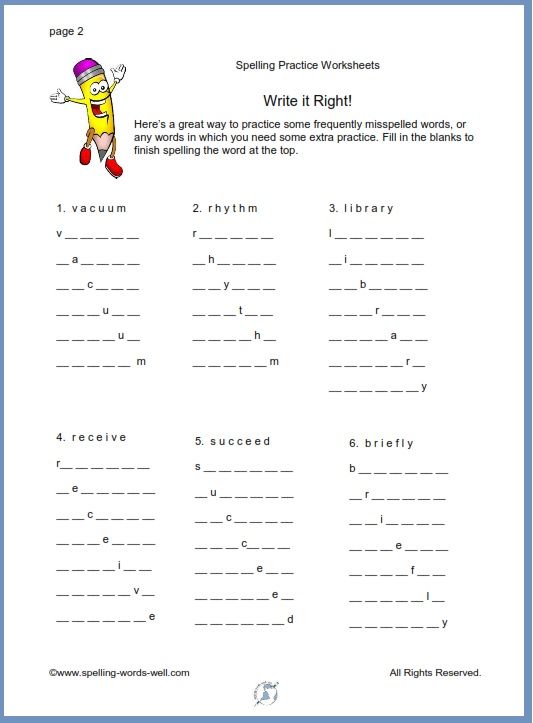 Similarly, opting for age-appropriate ways to teach spelling is necessary to ensure the child learns spelling words with ease. This post brings you some fun and creative ways to teach spelling to your child in a step-by-step method.
Similarly, opting for age-appropriate ways to teach spelling is necessary to ensure the child learns spelling words with ease. This post brings you some fun and creative ways to teach spelling to your child in a step-by-step method.
Benefits Of Learning Spelling For Children
Here are some benefits of learning spelling for children (1).
1. Improves reading and writing skills
Image: iStock
Learning to spell is directly related to reading and writing well. The more words a child knows to spell, the better they can read and write.
Related: 13 Best Effective Ways To Improve Handwriting For Kids
2. Improves vocabulary
As your child learns to read and write better, they can improve their vocabulary by reading new words or even trying to spell the words you use in your daily conversations.
3. Helps diagnose learning difficulties
Making your child learn spelling can help you diagnose if your child has a learning difficulty, such as dyslexia.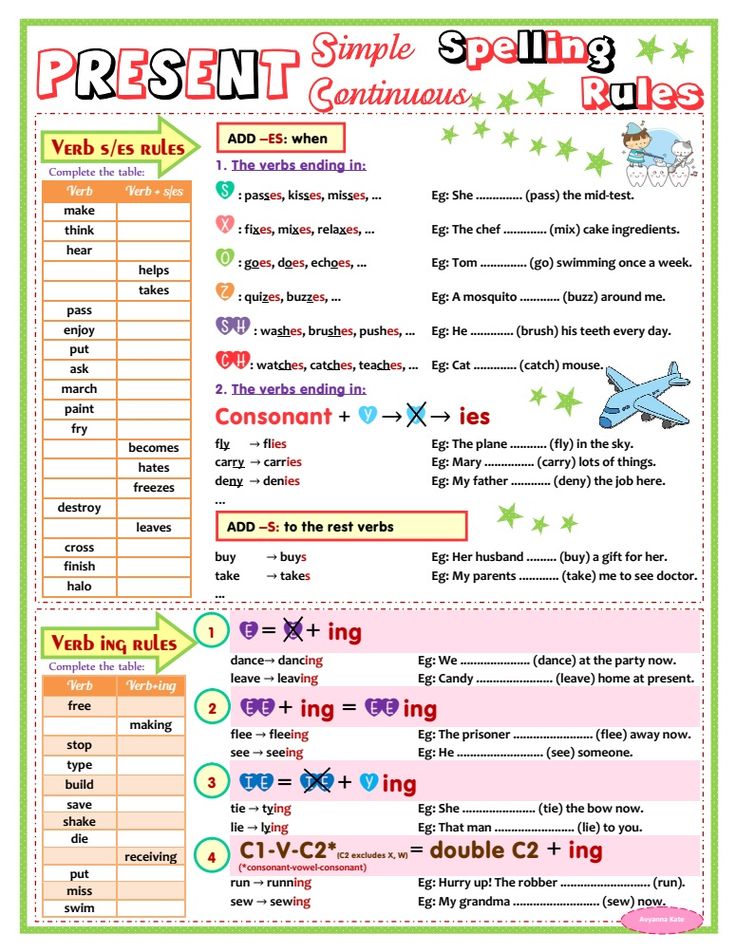 Early intervention can help them overcome the problem.
Early intervention can help them overcome the problem.
25 Ways To Teach Spelling To Kids
Make learning spelling fun for your children by employing any of the methods mentioned below based on your child’s mood and preference.
1. Highlight the difficult words
Children often have difficulties with specific words. If your child stumbles over a word each time, you can highlight the letters in it that confuse them and let them try again. Some of the most difficult words for them are those where “e,” “i,” and “a” occur one after the other.
For example, they might find it challenging to spell words such as receive, separate, desperate, thief, weird, and achieve. They might also trip over words with double letters, such as accommodate, address, necessary, and occasion. You can highlight these words in their notebooks and encourage them to pay close attention to them when reading.
2. Break it down into parts
The easiest way to teach spellings to children is to break up a complex word into simpler, more manageable parts they can spell easily.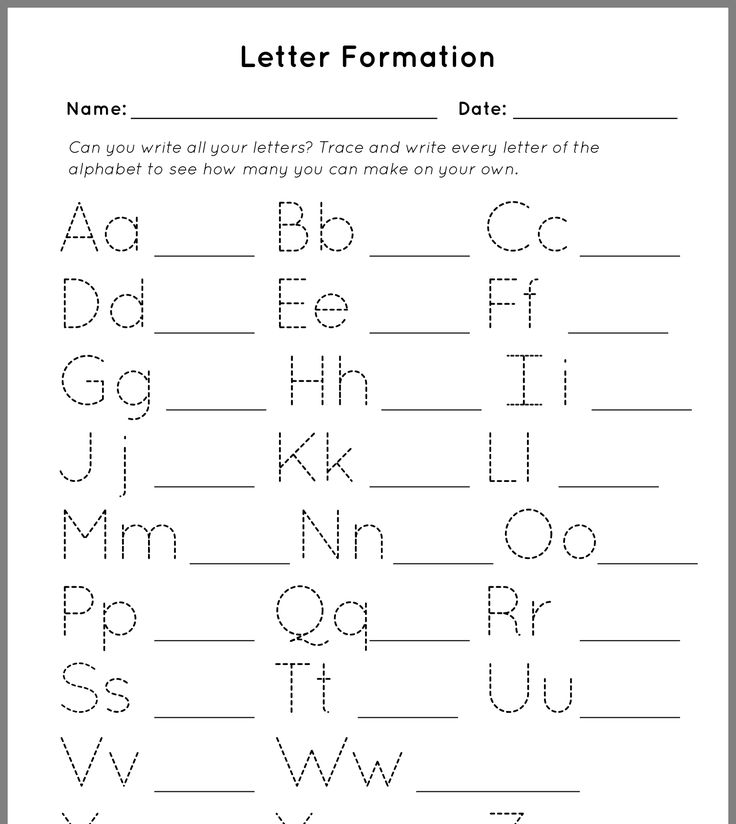 You can separate the words by syllables so that they can work out how to spell the letters of each syllable and then bring them together.
You can separate the words by syllables so that they can work out how to spell the letters of each syllable and then bring them together.
For instance, you can break up the word anger into an/ger, television into te/le/vi/sion, and cycle into cy/cle.
3. Copy, copy, recall
This is a simple yet effective technique for teaching kids to spell. In this method, you have to write down a word and draw three sections beside it. In the first two sections, the children have to write the word. Next, they have to cover the two sections and write the word in the third section by recalling.
Once they have written the word unaided, they can open the covered sections and check. If it is correct, they can proceed to the next word.
4. Associate words with images
Image: iStock
Most children remember images more than they remember texts. You can use images while teaching spelling. Children get confused while using letters that generally have the same pronunciation and often interchange them. They often write things like “kat” or “krispy” for “cat” and “crispy” respectively.
They often write things like “kat” or “krispy” for “cat” and “crispy” respectively.
In such cases, you can use pictures to help them with their spellings. For example, you can say, “The cat curls its tail in a C shape” and show them relevant images. Also, explain them the rules – choose k when the vowel is e or i, and choose c for o, u, or a. C is also much more common when followed by another consonant.
Related: 30 Best Phonics Games For Kids To Make Reading Easy
5. Emphasize on pronunciation
If there are double letters in a word, emphasize on them when reading, so your children also make it a habit. For example, say occasion by stressing on the “c” and going easy on the “s.” Similarly, for necessary, stress on the “s” and go easy on the “c.”
6. Make acronyms
Learning acronyms forms an essential part of education, even in colleges. Medical students remember the names of diseases or medicines using relevant acronyms.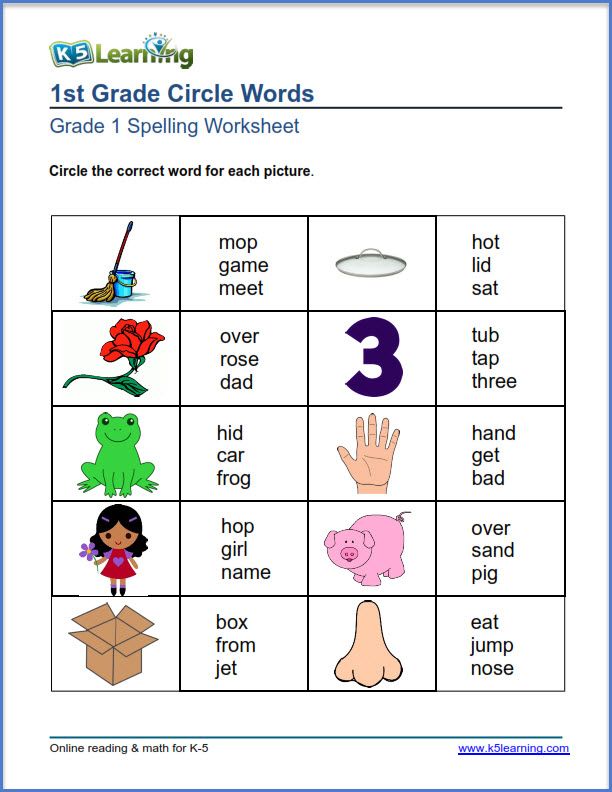 Acronyms make it easy and fun for children to remember spellings. The best part of this exercise is that you or your children can come up with anything and have fun.
Acronyms make it easy and fun for children to remember spellings. The best part of this exercise is that you or your children can come up with anything and have fun.
For example, cat can be the acronym for come again tomorrow.
Some other examples are:
Owl: Oh, why late?
Friend: Five rats in England need donuts.
Related: Acrostic Poems For Kids: How To Teach And Examples Of It
7. Write on the palm
Image: iStock
Instead of writing the words on paper, ask them to trace the words on their palms (or any other part of their body). When they feel their fingers on their palm, they are creating muscle memory. With repeated “writing,” your child can memorize how a word is written.
8. Sing
Creating a melody out of a word is one of the sure-fire ways of making your child learn the spelling of the word. In fact, children participating in spelling competitions use this technique with great success. You can use a preset tune or create one.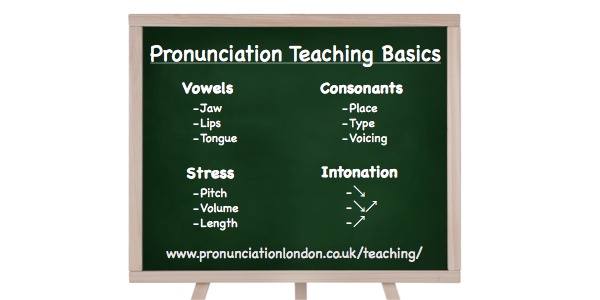
The song should contain the letters of the word, and you should sing it repeatedly until it gets imprinted on your child’s mind. Once this is done, even if your child forgets the spelling, they will remember the rhythm of the word and recall the letters according to the rhythm.
9. Spell and eat
Making your child sit down to learn their spellings might seem boring to them. They would want to do something more entertaining, and learning spellings would not be on that list. However, you can teach them spellings during day-to-day activities, such as when having meals, so that they have fun learning.
For instance, you could ask them to spell a word and then have a bite of food. This will keep them distracted enough to learn spellings and finish what’s on the plate as well. You could also offer their favorite food sometimes as an incentive for learning their spelling.
10. Make connected words
Learning spellings will be more fun when your children play this little game with you.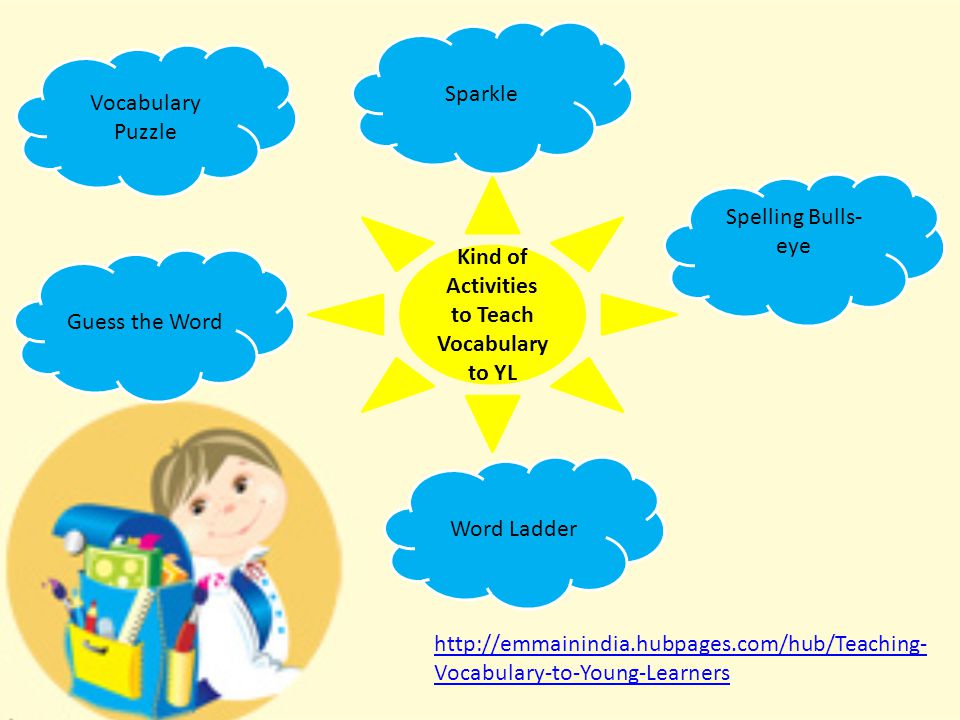 Tell them a word and ask them to make a new word from the last letter of your word. You can make them write the words or say them aloud.
Tell them a word and ask them to make a new word from the last letter of your word. You can make them write the words or say them aloud.
This simple game can also teach your children the pronunciation of words, particularly those with a silent letter at the beginning or end, and will make them enjoy playing with words.
11. Make videos
If you do not have the time to be with your child while they are learning their spelling, you can record a video on your phone. Record videos of you spelling out the letters first, followed by your child repeating them.
When your child watches it enough times, they will be able to write the word effortlessly.
12. Create flip cards
You can also indulge your child in creating flip cards. You can print the image of the word behind the letters that make the word. For example, print the image of cats behind the letters C, A, and T. Let the child find the different letters with cat images and assemble them to form the word.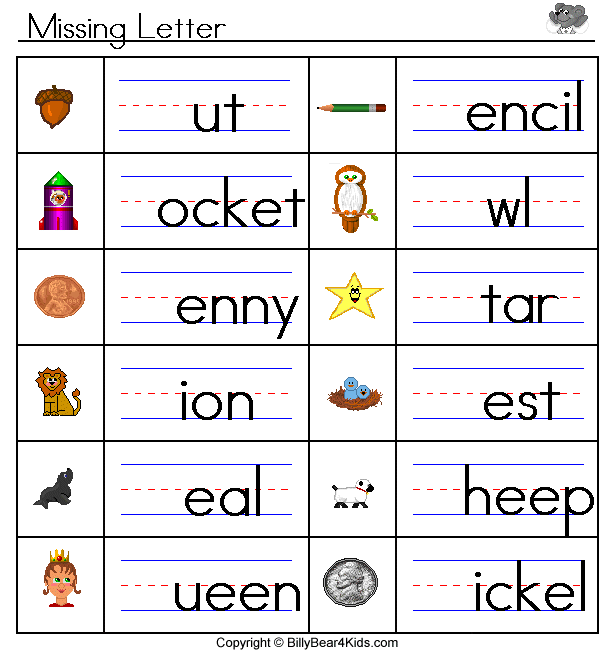
13. Search for words
Word searches are perfect for teaching kids to spell. They teach your children different ways to look at letters and form words out of them. Give them a grid with an assorted set of words. Use a timer to make it more fun and watch them as they race against time to find new words.
You can also use books, magazines, or newspapers for a word search. Give your child a particular word and ask them to mark the occurrences of the word on a page or a paragraph. This game will sharpen their brains and improve their comprehension skills as well.
14. Pass the ball
Image: iStock
When you have a group of children with you, you can play this game to teach them spelling. Say a word, and the children have to stand in a circle and pass a ball to each other while saying a letter each.
If a child says a wrong letter, the next player throws back the ball to them and waits until they say the correct letter. The game guarantees a lot of laughter while also making them learn effortlessly.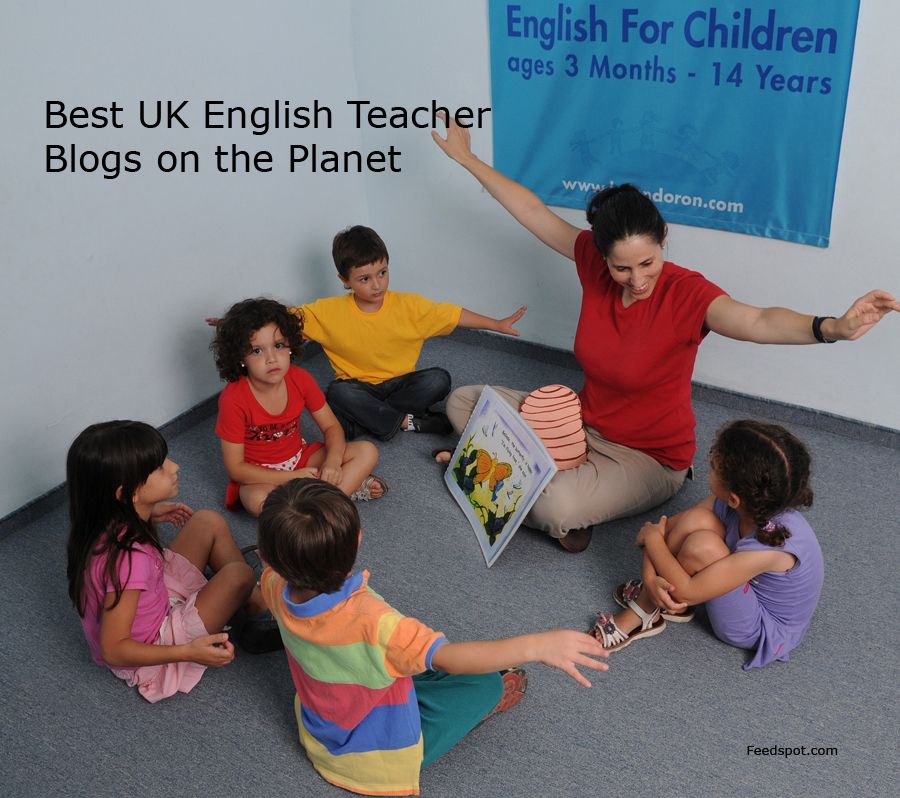
15. Play scrabble
You need not necessarily play Scrabble with your children, but you can use the alphabet tiles in Scrabble to let your children make words. They can even calculate the points on the tiles as their score. This is also an excellent way to teach them words and numbers.
Scrabble is fun as it teaches children to make new words using the same letters. For example, C-A-T can also be written as A-C-T. If they add a K, they can form the word T-A-C-K.
16. Use mobile phones
Studying might be boring for children, but give them a phone, and they will be happy for hours on end. You can use this to your advantage. Try different spelling games that are suitable for children. Install a couple of these games, and let them navigate through different levels by spelling new words.
These games and puzzles help children learn and memorize new words, and they will be spelling complex words in no time.
17. Make flashcards
Image: iStock
Use age-appropriate flashcards to teach spellings to children.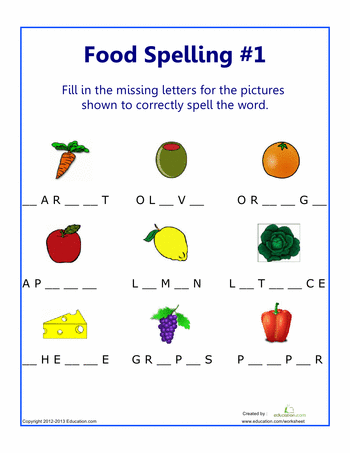 Teachers at preschools often use flashcards to teach children new concepts. You can use flashcards to teach spelling, reading, and writing skills to children.
Teachers at preschools often use flashcards to teach children new concepts. You can use flashcards to teach spelling, reading, and writing skills to children.
Write words on the cards and read each word aloud. Let the child write the word on the back of the card and then check it together. For reading, lay out some flashcards with letters to form a word and ask your child to pick the image that matches the word. For writing, let the child trace the word over the card using tracing paper and then write it on another card without any assistance.
18. Color the words
Children love playing with colors. So, why not introduce some colors in the world of words? Write some words in a big cartoonish font so that they can be colored, and let your children go wild coloring them.
If you are good at drawing, you can draw objects and ask your children to color them and then spell them. This way, they will have a magical, colorful time with words and also learn their spellings.
19. Play word bingo
Bingo can help your children master basic spelling skills. Don’t believe it? Trust us. All you have to do is create a grid and write different letters in different boxes. Read out words and tell your children to circle the letters that occur in each word. The first one that gets a full house wins.
You can also use bingo to teach reading to your children. Swap the letters with words and ask your children to circle those words you read out.
20. Spell with stairs
Make climbing up and down the stairs a learning activity. You might have already made them count the steps each time they ascend and descend. Now, you can ask them to spell out words on the steps.
Make them say a letter of a word as they climb each step. For younger children, you can even spell out three to four words. Step on the stair, say out a letter, then proceed to the next.
21. Group similar words
Instead of teaching children seemingly different words and spellings, group similar-sounding words or those that have similar spellings and make a list.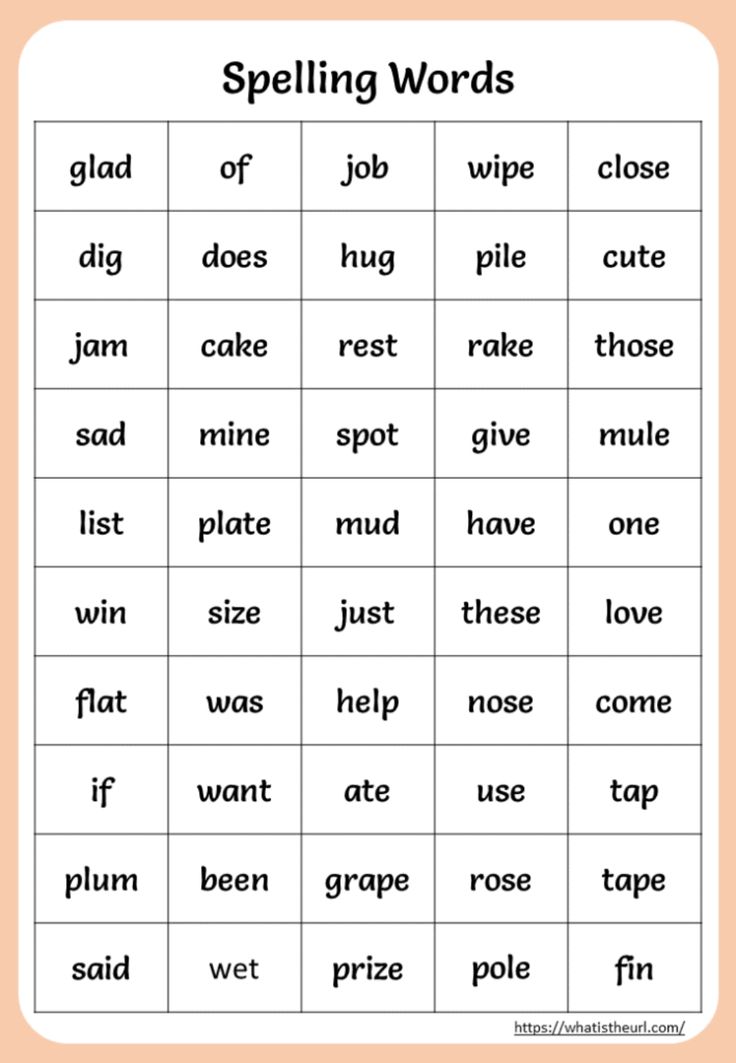 This way, your child will be able to visualize one word and automatically associate it with other words.
This way, your child will be able to visualize one word and automatically associate it with other words.
For example, words such as high, sigh, nigh, light, and sight have “igh” in common. Write them down, and ask your child to spell each word aloud. They will be able to remember their spellings better.
22. Cut out words
If you don’t have a Scrabble set at home and do not want to buy one either, make some word tiles yourself. Take a magazine or newspaper and cut out letters in bigger fonts for easier handling. Paste them on construction paper or an empty cereal box and cut them out.
Give these letters to your children and let them experiment with them to form new words. You can also teach them to pronounce the words while they are creating them.
23. Use computer applications
Applications such as Microsoft Word and Grammarly are pretty helpful for quick spellchecks. While they are intensively used by adults, they can also be used by children to learn spellings. Ask your child to type a word and check whether it is spelled correctly.
Ask your child to type a word and check whether it is spelled correctly.
You can also use an online dictionary or other applications for puzzles and word games to improve your child’s spelling, reading, and comprehension skills.
24. Use creativity
Writing on a sheet of paper using a pencil is standard for children. As they have notoriously small attention spans, it won’t be long before they find something more interesting to do.
You can let them explore the world of letters by letting them be as creative as they want. Give them colors and encourage them to draw and paint words. They can also create a word collage using cuttings from magazines or try their hand at calligraphy.
25. Read more
Last but not least, read more to your children. The more you read to your children or the more they read, the richer their vocabulary. They learn words and their pronunciations by sight and sound.
You can select stories that contain words that you want them to learn. By repeating stories, you help improve their spelling skills while also firing their imagination.
By repeating stories, you help improve their spelling skills while also firing their imagination.
1. What age should a child be able to spell?
Children may start to spell their names and simple words by five to six years of age (2). Some children may learn sooner than others.
2. What part of the brain is responsible for spelling?
The left hemisphere of the brain is considered responsible for spelling (3).
3. Why is it easier to read words than to spell them?
Spelling words may seem more complicated than reading, as sounds can be spelled in many ways. It needs more practice to spell than to recognize or read the words (4).
4. Why is my child struggling with spelling?
A child may find it difficult to spell if they are not practicing enough. However, if the difficulty persists despite all efforts, it may indicate certain disorders such as dyslexia, dysgraphia, and attention deficit hyperactivity disorder (ADHD). Consult a doctor to identify the cause (5) (6).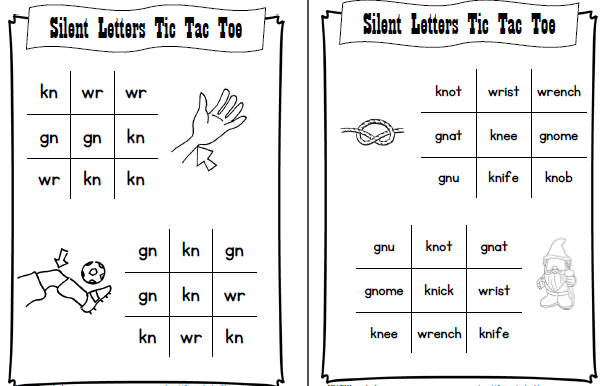
How to teach your kid to spell is a common concern of many parents and caregivers when their children are ready to learn languages. Learning spelling can improve the child’s vocabulary, reading, writing, and communication skills. This may also help diagnose certain learning disorders at a young age and helps modify the learning process to tackle the disability. You may highlight the difficult words, break them down, and teach the spelling. Good knowledge of phonetics, associating words with images, copying, and recall can help children learn to spell.
Key Pointers
- When children learn to spell, they can significantly improve their reading and writing skills.
- Learning spellings help identify learning disabilities such as dyslexia from an early age.
- If your child has difficulty spelling certain words, highlighting and explaining may help them learn them better.
References:
MomJunction's articles are written after analyzing the research works of expert authors and institutions.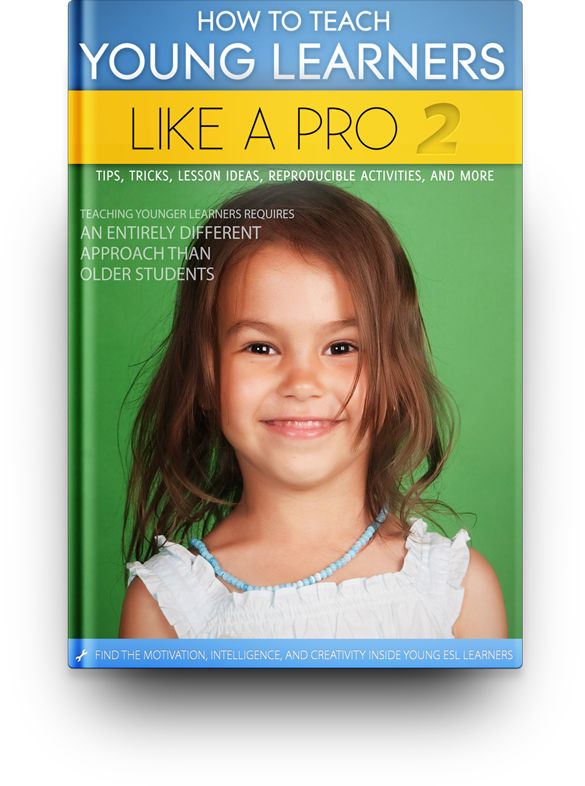 Our references consist of resources established by authorities in their respective fields. You can learn more about the authenticity of the information we present in our editorial policy.
Our references consist of resources established by authorities in their respective fields. You can learn more about the authenticity of the information we present in our editorial policy.
1. Reed, D. K; Why teach spelling?; RMC Research Corporation, Center on Instruction (2012).
2. Toddlers begin learning rules of reading, writing at very early age, study finds; Washington University in St. Louis.
3. Brenda Rapp and Kate Lipka; The Literate Brain: The Relationship between Spelling and Reading; National Library of Science (2011).
4. Spelling and Reading: How Are They Connected?; Hill Learning Center.
5. Disorders of Reading and Writing; American Speech Language Hearing Association.
6. Anna Maria Re et al.; Spelling errors among children with ADHD symptoms: the role of working memory; National Library of Science (2014).
The following two tabs change content below.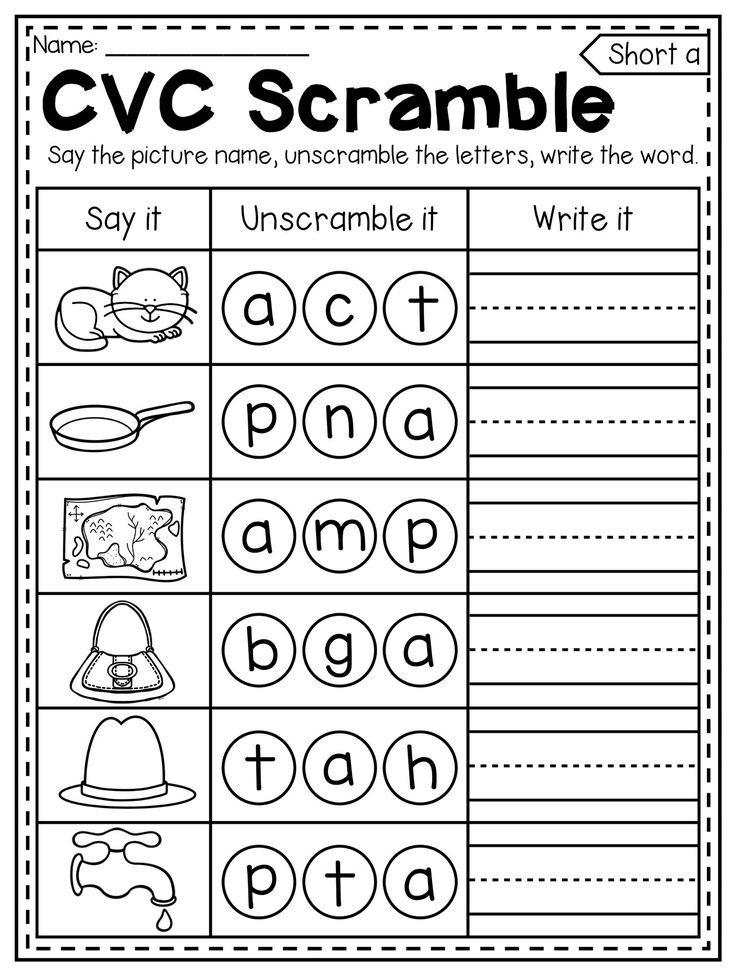
- Reviewer
- Author
Bharathi is a content developer and writer with over 20 years of experience in creating original content for e-books, articles, websites, blogs, ads, brochures, company profiles, speeches, business presentations, instructional design and more. She has also edited financial papers and books. She writes kids’ education-based articles for MomJunction. Bharathi is associated with The Hindu group of publications in their STEP program,...
View Profile ›
Beth Sullivan is an education consultant and president of Deep Roots Learning Solutions, Inc. She specializes in literacy instruction and works primarily with students learning challenges, including dyslexia, ADHD and autism. After working in schools as a special educator for more than 10 years, Beth has shifted her focus to supporting individual students and their families through online tutoring. She...
View Profile ›
How to teach a child to write correctly in English
From this article you will learn how you can significantly improve English spelling .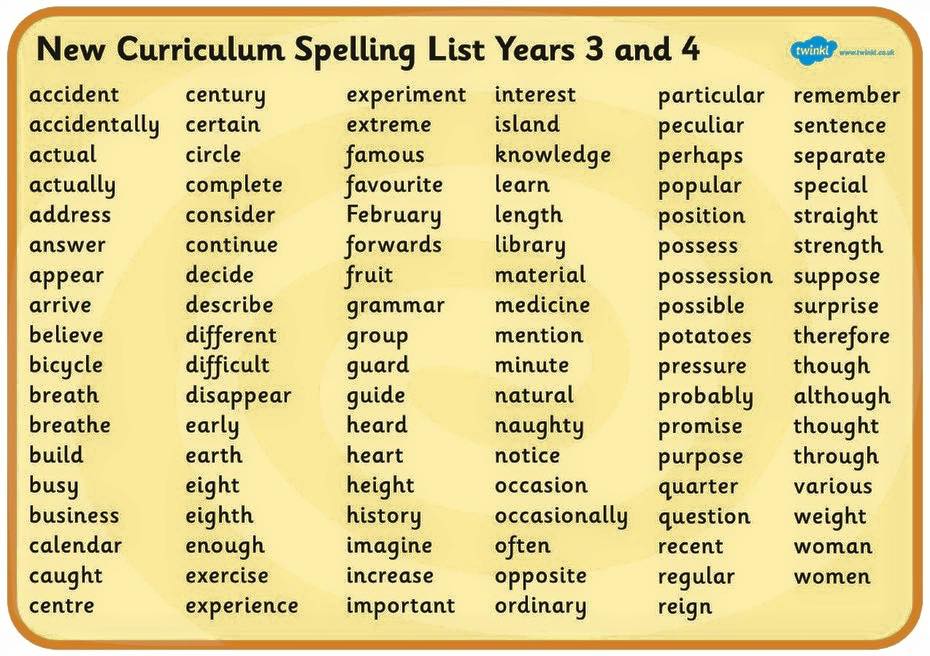 How to make a letter unmistakable and stop memorizing dozens of words, still forgetting how they are written. You will receive several effective methods that will help you quickly improve the literacy level of a student of any level.
How to make a letter unmistakable and stop memorizing dozens of words, still forgetting how they are written. You will receive several effective methods that will help you quickly improve the literacy level of a student of any level.
CONTENT:
1. What are the difficulties of writing in English?
2. Separate sounds and letters
3. Write by sounds
4. What about exceptions?
5. Spell
6. Spell and Word
7. Spelling
8. Use Motor Memory Memory
9. Output
What are the difficulties of writing in English?
The results of language dictations, which are regularly held in English classes, often cause concern to parents of schoolchildren. The fact is that spelling in English is more difficult than in Russian, there is even a comic saying: “ is spelled Manchester and read Liverpool ." In English, there are not only rules that need to be learned by heart, understood and able to apply, but also many exceptions to the rules that also need to be memorized.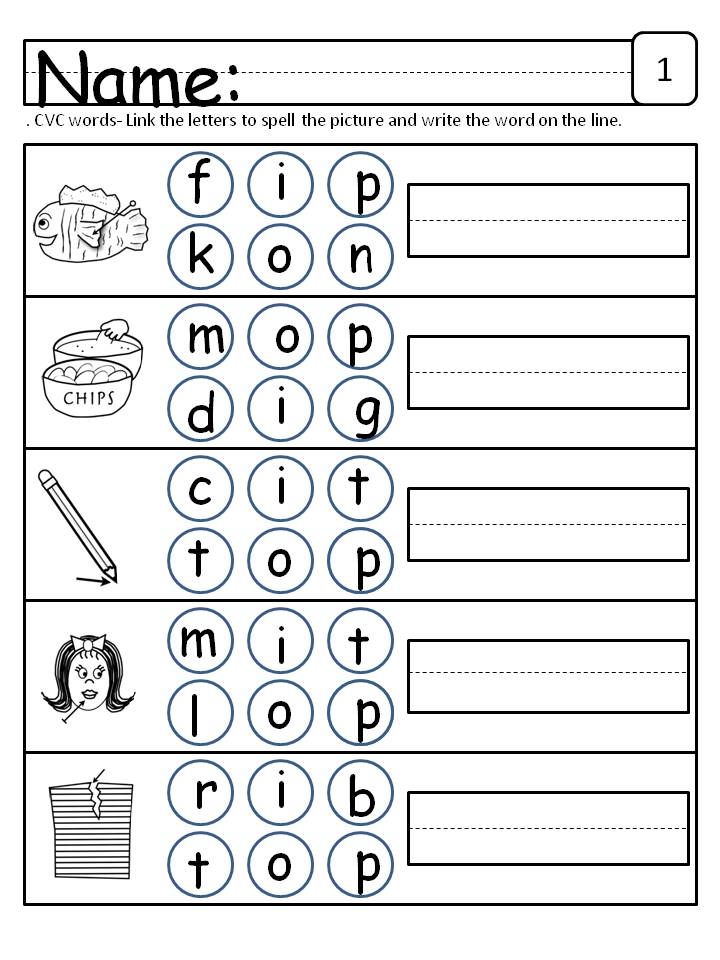
There are students who, faced with these difficulties, completely lose faith that they will ever be able to master English. « I will never learn how to write correctly in English, it's just impossible! Only carriers can do this ,” they tell teachers and parents.
However, in fairness, it should be noted that among native English speakers there are many people who make spelling mistakes. Everything is exactly the same as with Russians - many of us speak and write with errors. And a completely different question: does the student really want to work hard to achieve the goal, or is disappointment just an argument to do less?
For those who are determined to learn English, below are some techniques that help improve your spelling.
Separate sounds and letters
Start by separating sounds and letters . English has 26 letters and 44 sounds ( 20 vowels and 24 consonants).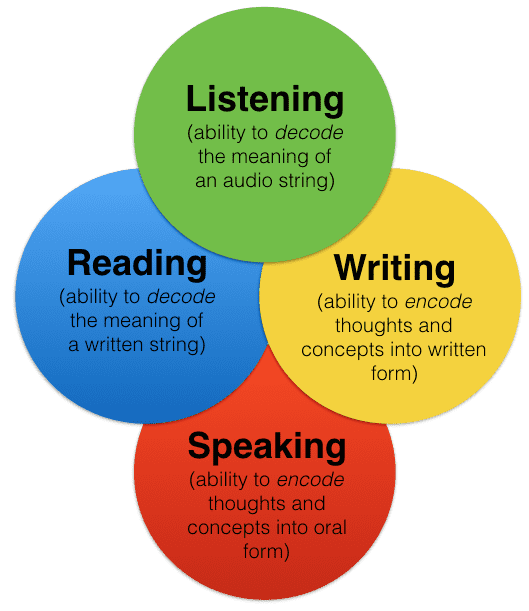 For comparison, in Russian 42 basic sounds are 6 vowels and 36 consonants, and the number of letters is 33 .
For comparison, in Russian 42 basic sounds are 6 vowels and 36 consonants, and the number of letters is 33 .
This means that some sounds in English are represented by different combinations of letters. For example, word bird has 4 letters but 3 sounds . This is very important, as not understanding the concept of sounds and letters makes life difficult for young learners and inexperienced adults. For training, you must have at hand the English alphabet. The practice is simple: regularly pronounce each letter as an alphabetic letter and as the sound it conveys. For example, first the letter b [ bi : ], and then the sound [ b ] and vice versa.
Some letters convey different sounds depending on their position in the word, for example, the letter with can convey the sounds [ s ] and [ k ], and some different sounds can be transmitted by combinations for example, the sound [ ʃ ] is represented by the letters s and h .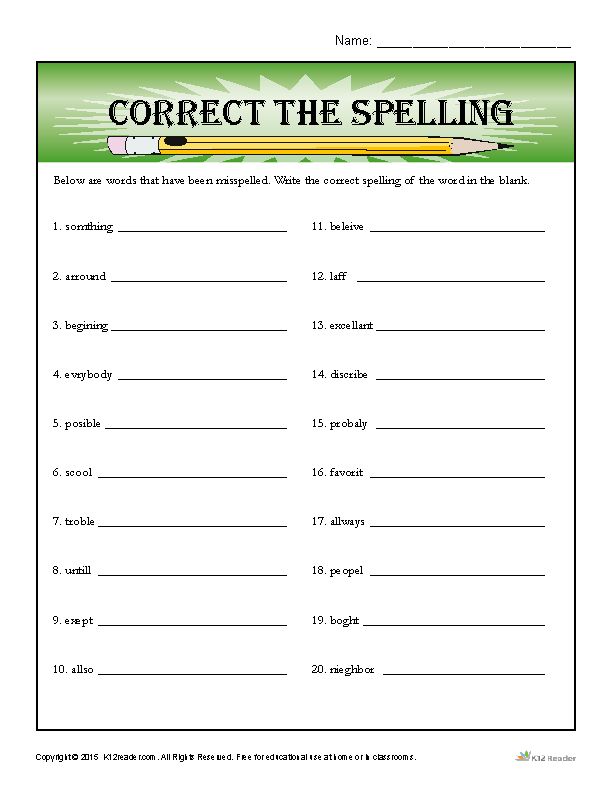 The "separation" of letters and sounds usually takes about 90,003 one to two 90,004 weeks of training.
The "separation" of letters and sounds usually takes about 90,003 one to two 90,004 weeks of training.
Write by sounds
By separating letters and sounds, you can practice writing words. Do not wait until the child learns all the options for transmitting each sound. https://your-teachers.ru/articles/english-pronunciation A large amount of information can frighten a child and cause rejection . It is important to start practicing writing words right away.
Take, for example, the word tree [ tri ː ] – tree. Working through the letters of the alphabet with a student, you may not have had time to encounter a long sound [ i : ]. Therefore, explain to the child how this sound is transmitted, citing as an example the two main ways of transmitting it - the letters ee and ea (tree, team). Ask him to write down a new word, letters and sounds.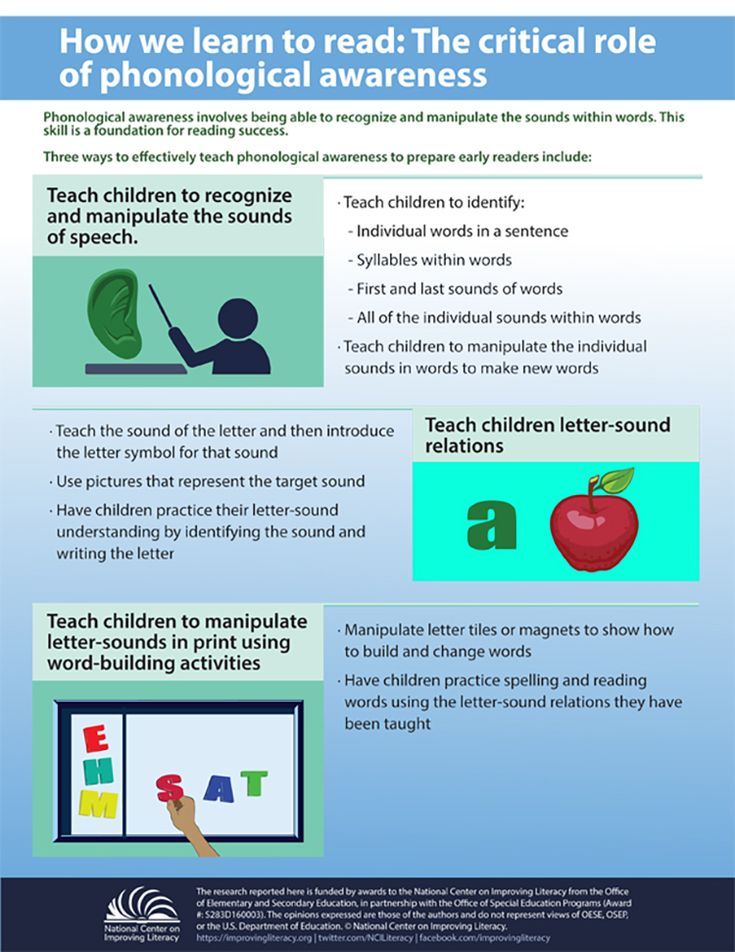 Thus, you replenish their supply.
Thus, you replenish their supply.
Next, in class, ask your child more often: “ What are the ways to transmit sound [ i : ]?” Correct answer: " ee - as in tree and ea - as in team". The word tree is assigned the first sound spelling [ i : ] - ee . Other letters and sounds of this word will not cause difficulties, since the sound [ t ] is transmitted by the letter t , and the sound [ r ] is transmitted by the letter r .
Another example: the sound [ ɜ: ] can be transmitted by 4 - letter combinations - ir - ur - er - ear . Start with one, maximum - two letter combinations - ir - ur - as in the words girl, turn.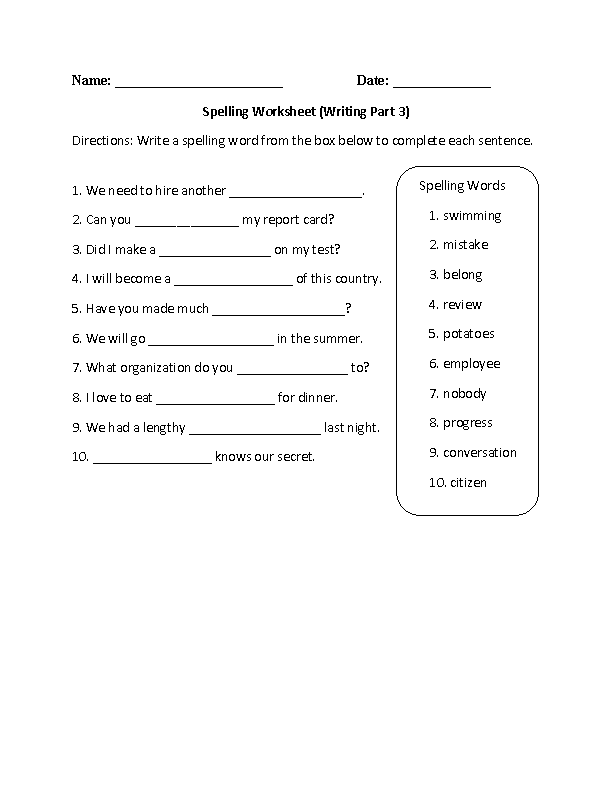 To practice, say the sound out loud [ ɜ: ] and ask the child to pronounce the letter combinations with which it can be transmitted, as well as the words themselves. The correct answer is: "the sound [ ɜ: ] - ir - as in the word girl - girl, ur - as in the word turn - turn." Ask them to write everything down again, and gradually add other words, letters, and sounds to the class.
To practice, say the sound out loud [ ɜ: ] and ask the child to pronounce the letter combinations with which it can be transmitted, as well as the words themselves. The correct answer is: "the sound [ ɜ: ] - ir - as in the word girl - girl, ur - as in the word turn - turn." Ask them to write everything down again, and gradually add other words, letters, and sounds to the class.
Another example: the word cat turns into 3 sounds - [ k ] [ æ ] [ t ]. The 2nd and 3rd sounds are obvious and are determined by the corresponding letters, but the first sound [ k ] must be remembered. Knowing that it can be transmitted by the letters c , k , ck , we assign the sound in the word cat the serial number No.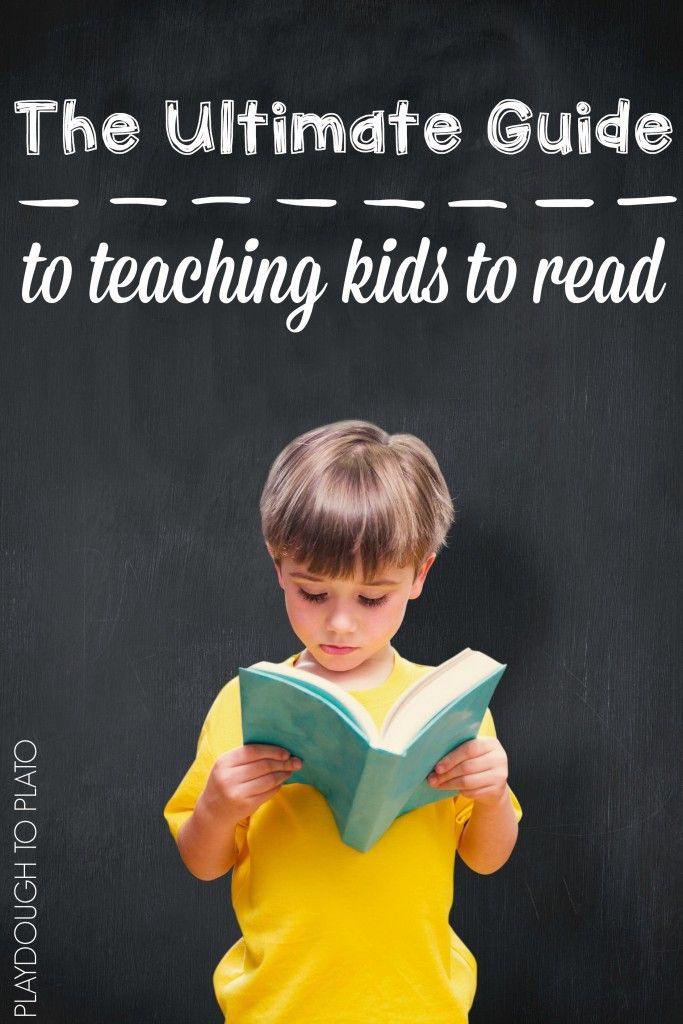 1 . And remember that the sound [ k ], in this word is conditionally transmitted in the first way. This approach gives a good result and removes the fear of grammatical dictations.
1 . And remember that the sound [ k ], in this word is conditionally transmitted in the first way. This approach gives a good result and removes the fear of grammatical dictations.
The effectiveness of this technique lies in the fact that, decomposing words into sounds, student memorizes their variants . Each of them is conditionally assigned number of the sequence (if this sound is transmitted by several letter combinations), which greatly facilitates memorization. With this approach, the spelling of each word is no longer represented by a new set of letters that must be remembered, but by a set of rules with possible exceptions , which are an order of magnitude easier to remember than .
What about exceptions?
As we have said, there are many exceptions in the English language. They can be both real exceptions and rules with which the child is not yet familiar.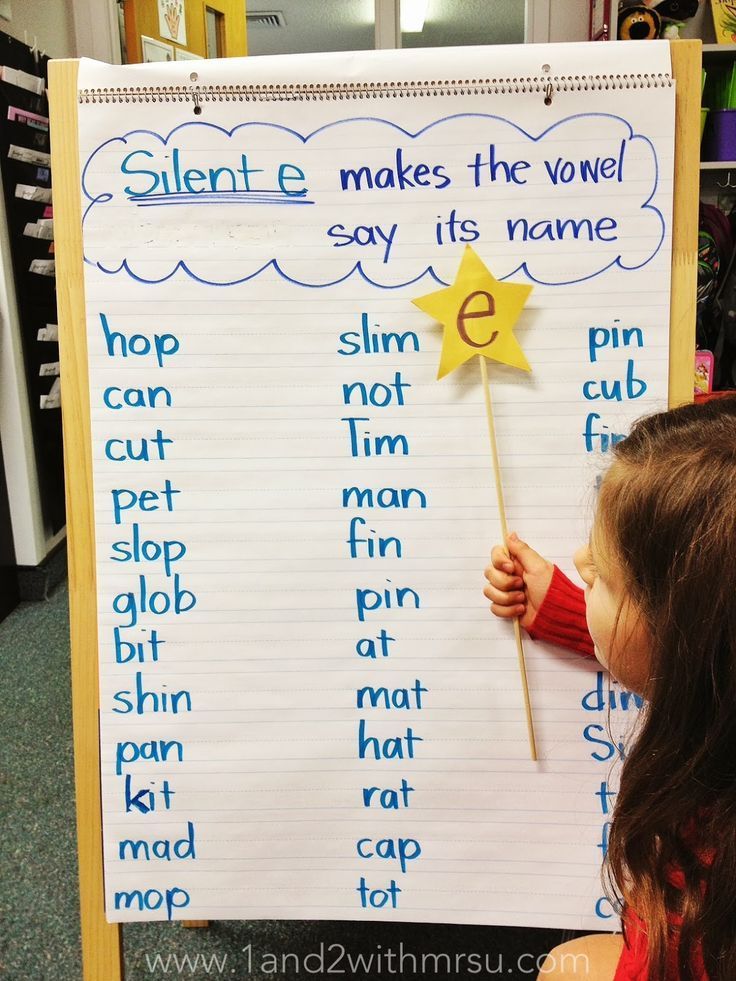 For example, in the word know [nəʊ] - k , standing before n is not readable. Or in the word climb [klaɪm] - unreadable b after m . Whether your child knows this rule or not - surprise him , color the process with emotions: “ Oh, those Englishmen! k and b lost! »
For example, in the word know [nəʊ] - k , standing before n is not readable. Or in the word climb [klaɪm] - unreadable b after m . Whether your child knows this rule or not - surprise him , color the process with emotions: “ Oh, those Englishmen! k and b lost! »
If you delve into the etymology of the word and delve into history, you can understand why this happened. For example, the word give [ɡɪv] according to the rules “ open syllable ” should be read as [ ɡ e ɪ v ]. Here is a reason to say: “ Eh, Anglo-Saxons! you don't know the rules! » Emotions help you focus on the spelling of a word and remember it better. Just try to keep the focus on surprise from exceptions , and not get fixed in the child's memory as " native speaker error ".
Spell
This method may raise questions and complaints from phoneticians, but this is a completely working method, with a few reservations. For example, you need to remember the word girl . Using this method, memorize the word directly by letter - g-i-r-l, by assigning the English letter i the Russian analogue and . Then the word give will sound like g-i-e , and the word take - m-a-k-e .
It sounds funny, but many students perfectly memorize English words in this way, directly replacing English letters with Russian counterparts. True, there is a small danger of pronouncing the memorized word in the future - girl – g-i-r-l . But the risk is minimal if, using an online translator, it is imperative to look at the transcription and pronounce the word out loud correctly. It should be noted that this method, of course, is not as effective as the previous one, but it also has the right to exist.
It should be noted that this method, of course, is not as effective as the previous one, but it also has the right to exist.
By letters and words
Those who combine the above two methods of memorizing words (by sounds and letters) achieve maximum efficiency. It is very useful! For example, if you work out the word girl by sounds, and then also by letters, replacing English with Russian counterparts ( g-i-r-l ) , then the correct spelling of this word will be perfectly preserved in memory!
Playing spelling
Spelling develops literacy very well. The root of this word is spell , which means " spell ". You tell the child, for example, the word cat , and he parses it into letters and says: [ si ] [ hei ] [ ti ]. At first glance, spelling is a very difficult task, because it requires a developed imagination to represent the written word in the mind.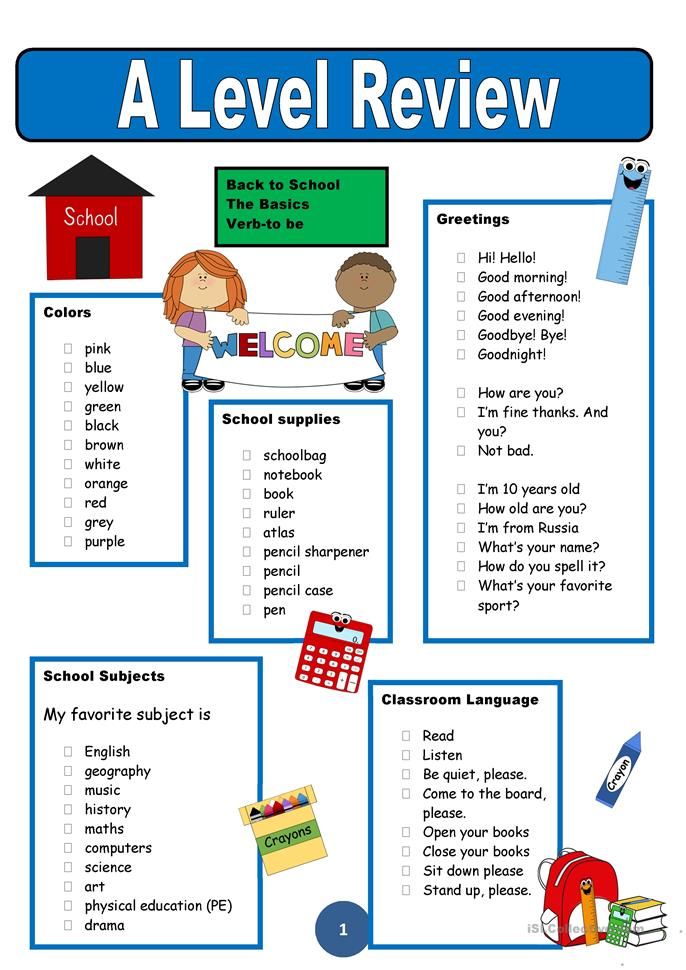 However, children learn spelling very quickly and play it with great pleasure. The process is really very similar to the game and, if desired, can be a great option to spend time together with a child.
However, children learn spelling very quickly and play it with great pleasure. The process is really very similar to the game and, if desired, can be a great option to spend time together with a child.
It looks like this: the student pronounces the intended word, and the adult spells it out. Then the players switch places and the child will have to start spelling. You can play for a long time by counting points for correct answers and removing them for mistakes made. At the end of the game, the number of points for each participant is calculated and winner is revealed. You can even establish a small prize , which will further stimulate the child to be active.
You can play spelling in the car on the way to school. In America , England and other English-speaking countries, there are even inter-school spelling competitions where students compete in spelling very long and difficult words.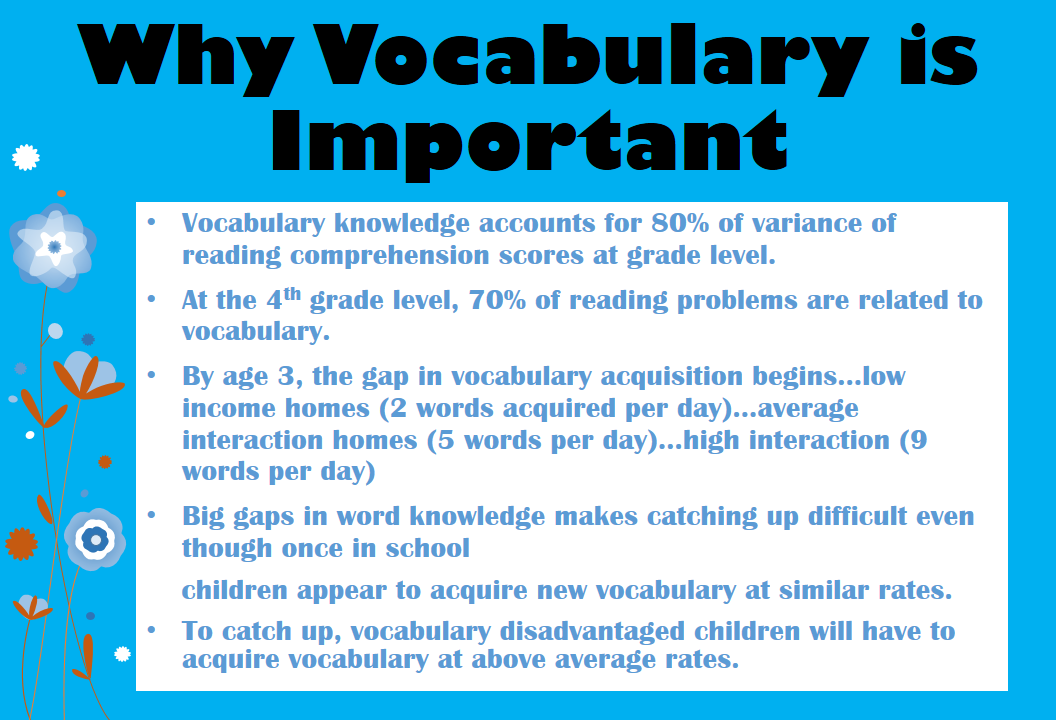
Such games perfectly calm hyperactive children and help them get out of the state of emotional excitement caused by active work of the right hemisphere of the brain. After all, having thrown a logic puzzle to a child, an adult stimulates his left hemisphere to work actively, thereby removing unnecessary excitement.
Another advantage of playing spelling in English will be an increase in written literacy in Russian. The habit of imagining words and spelling them extends to all languages studied. Even without knowing the rules about the spelling of prefixes, but having parsed the word 9 into letters0003 came as p-r-i-w-e-l , the probability of writing, for example, p-r- e -w- o -l is very small.
Use motor memory
In addition to the above methods, you can also suggest use motor memory .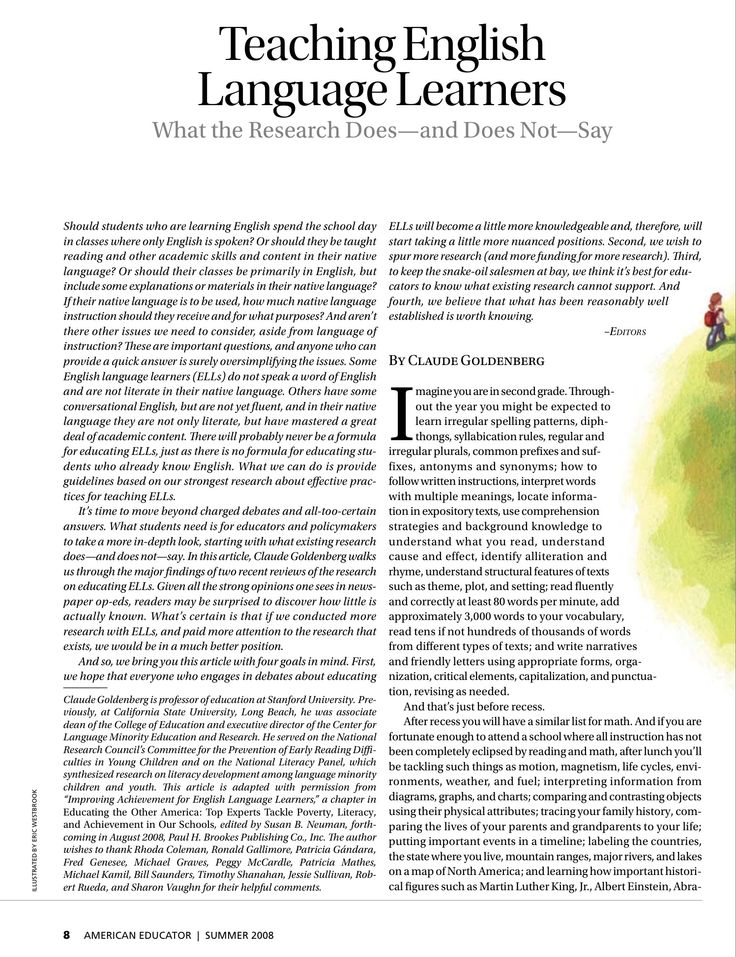 It is a very powerful tool in memorization, and the more channels involved in memorization, the better the results.
It is a very powerful tool in memorization, and the more channels involved in memorization, the better the results.
For example, a student needs to prepare for a vocabulary dictation. After reading all the necessary words, having worked them out from the point of view of rules and exceptions , spelling each one, you also need to write down the words from memory. Make plate , where the word in Russian will be written on the left, and on the right - a place for its English meaning. Using all his experience, the child must enter the correct word there. If it turns out that a mistake has been made, let him correct it with a red pen. Work in the same way 3 - 5 words in one pass. Rewrite the words in which mistakes were made. As a rule, from the third time all errors disappear.
OUTPUT:
Problems with the correct spelling of English words will be quickly solved if you use the following methods:
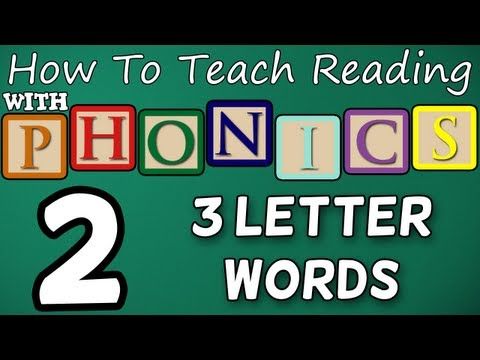
Mastering these skills with the child regularly and progressively, after month you will receive significant progress . Record the achievements of in figures and enter in the table of success . Mastering even one of the above skills will positively affect the results of your children. A game of spelling will help not only learn English, but also to calm down the outrageous child. Study hard and as often as possible - this is very important to achieve the goal. It is much better to do several sets per day than one per week. Remember: for better memorization of , you need a good intensity of !
other articles >>>>>
|
Teaching a child English from scratch 👨🏫 English for kids
English for 3-4 years old
Disputes about early learning are as old as the world - there is no consensus on this matter.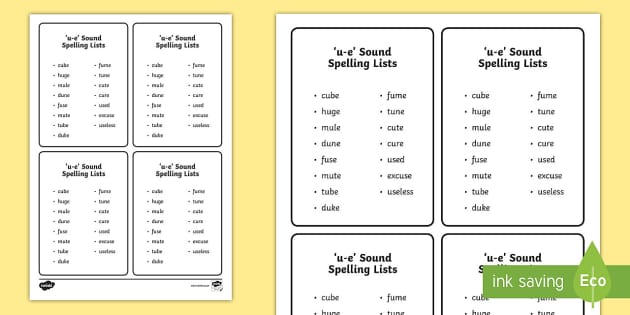 But the generally accepted "starting" age can be considered 3 years. As for the first acquaintance with foreign languages, the period from 3 to 7 years is considered the best time for this.
But the generally accepted "starting" age can be considered 3 years. As for the first acquaintance with foreign languages, the period from 3 to 7 years is considered the best time for this.
This is due to the fact that it is at this age that the child develops logical forms of thinking and voluntary attention. The formation of the latter leads to the fact that the child begins to resort to already mastered methods of memorizing information: he repeats what he heard, tries to comprehend what is remembered in the right sequence.
In the same period, speech and phonemic hearing develop intensively, vocabulary expands and the morphological system of the language spoken by everyone around is fixed in the mind.
Some parents refuse pre-school education of their child in order not to “deprive him of his childhood”, because education is associated with coercion, routine, punishment for mistakes. Thick textbooks with yellowed pages and teachers who have never been in English-speaking countries are a wall between us and free English.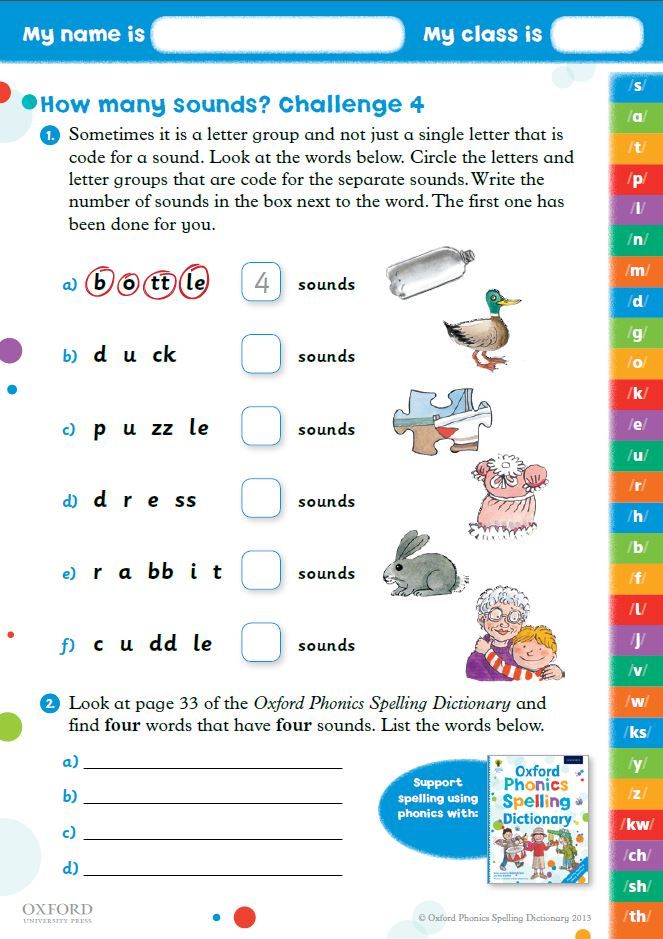 It is up to our children to overcome or even break this wall, young millennials today are tomorrow's bilinguals.
It is up to our children to overcome or even break this wall, young millennials today are tomorrow's bilinguals.
Gradually, the fear of early learning recedes, because it seems that it is no longer necessary to explain that a little person can be taught anything just by playing with him.
At this early stage, it is not necessary to enroll a child in special courses. You yourself will be able to perfectly cope with the first stage of mastering English. In addition, classes with a parent eliminate the stress factor in the form of an unfamiliar place, a teacher and other children. Here's how to do it.
By the way, classes English for children 7 years old online takes place in a comfortable environment: students can study even at home, even at their grandmother's, even in the country. In individual lessons, no one will distract the child from acquiring new knowledge, and textbooks and notebooks are not needed - only the Internet.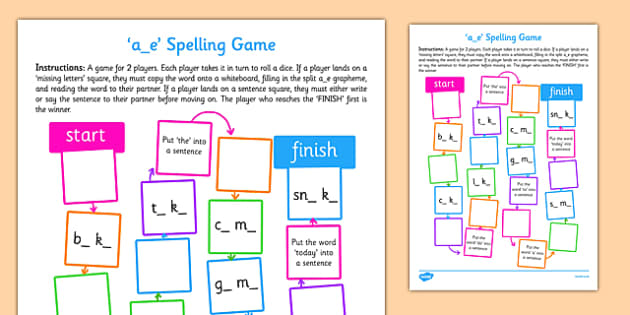
English proficiency test
This English proficiency test was compiled by the Skysmart online school tutors. They prepared fun and relevant tasks on modern topics to make the test both useful and interesting
How a parent can practice English with a child
Surround your child with English. Integrate English speech, individual words into everyday life. When preparing dinner, name the ingredients. On a walk, describe the objects you encounter in English. When asking your child to do something, use basic English verbs (look, take, sit).
You will be very surprised when you realize that your child does not need translation - the meaning of any word becomes clear from the context. Of course, for this you need to have basic knowledge. If you do not know English at all, then this will be an excellent reason for you to make sure that not only a child, but an adult can learn anything through the game.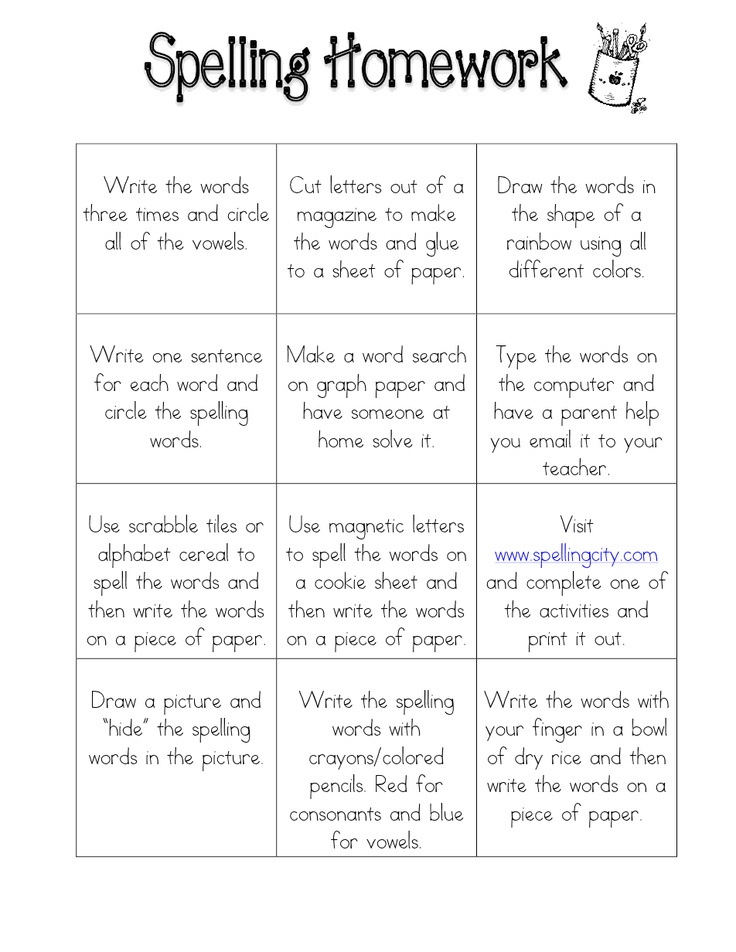
Get large jingle dice with English letters and flashcards with words. Children adore such cards, bright pictures contribute to quick memorization.
Don't start with the alphabet. Many are accustomed to the fact that learning any language begins with the alphabet. Parents can now exhale - this routine and really stressful part can be skipped. Why not learn the alphabet?
Reading in any language starts with sounds and then syllables. It makes sense to teach whole words with the child so that he easily and naturally gets acquainted with the variations of sounds. The alphabetically learned "h" does not correlate with the pronunciation of the word "hippo". It is unlikely that you will be able to explain to a three-year-old kid why “hippo” and not “eychipo”.
Therefore, memorizing the letters of the alphabet distances the child from his first success in learning English, and parents from the motivation and fuse to continue learning.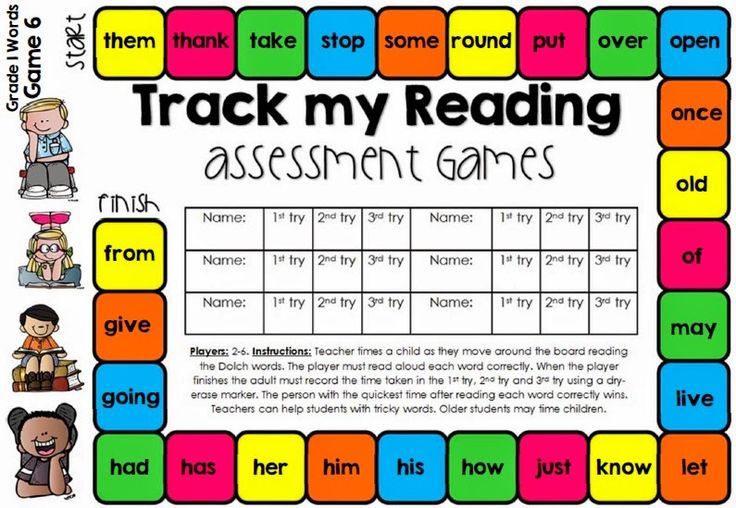 In addition, you can save a lot of money by ignoring the purchase of "speaking alphabets" and other useless and loud toys.
In addition, you can save a lot of money by ignoring the purchase of "speaking alphabets" and other useless and loud toys.
You can connect online games to the educational process from the age of four. But it is better at this age to focus on cartoons and songs. Here are some sites where you can find educational games for the little ones.
| Sites with games for toddlers Starfall. This is not just a site with a selection of games, but a whole portal where a child can learn to read, count, learn colors and grow their vocabulary - all in a playful way. Bright, colorful colors and large interactive buttons. Starfall has everything you need for the first step of learning. |
Online learning games are not the only way to help your child learn English. When they are tired or, on the contrary, carried away the child too much, songs come to the rescue in their most diverse variations.
Why is it necessary to sing with a child, and how can this help him learn English?
Singing songs and chants (short rhythmic chants) is an essential learning tool for a more or less progressive teacher.
New words and grammatical constructions are learned much easier if they are accompanied by rhythmic music. The phenomenon of "learning" children's songs does not require special confirmation - is there anyone who does not remember the Russian Christmas tree born in the forest, or the overseas farmer MacDonald ia - ia - oh?
If suddenly you don't like or don't want to sing yourself, save links to resources where you can find a variety of songs and chants in English.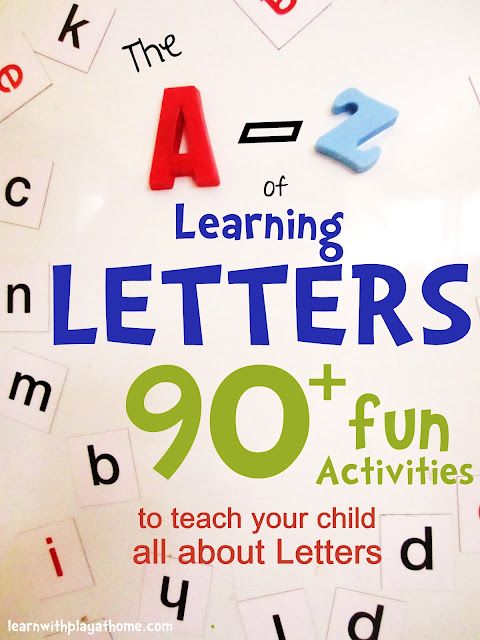
| Compilation of sites with songs and chants in English English Singsing. A YouTube channel with two million subscribers, where, it seems, there is everything to sing non-stop in English. The advantage of such songs is that each is accompanied by a colorful dynamic cartoon clip, which definitely cannot harm the learning process. Subscribe, sing, learn. Learn English Kids. There are many children's songs on the British Council, sorted alphabetically and by theme. A charming British accent in the performance can be considered a separate bonus - your child will definitely like this kind of English. Anglo-maniac. On the site you will find a selection of traditional children's songs in English. Here and the legendary ABC song and the old McDonald. In general, it's like a collection of songs from Soviet cartoons - a golden collection. Little Treehouse Nursery Rhymes and Kids Songs. |
If you have already played and sung enough, you can start watching cartoons. For us adults, learning English through TV shows is exciting. Why not try the same thing with a child, but instead of serials, include cartoons. The effect is one to one and even better.
Finding the right cartoon that can captivate a child is not an easy task.
It's great if it will be a whole animated series with regular characters. A familiar character on the screen will help the baby focus more on his speech, and not on his appearance.
To achieve the desired educational effect from watching, record the knowledge gained after each watched series. It is advisable to limit the number of episodes viewed in a row.
For a 3-4 year old child, 15-20 minutes is ideal timing.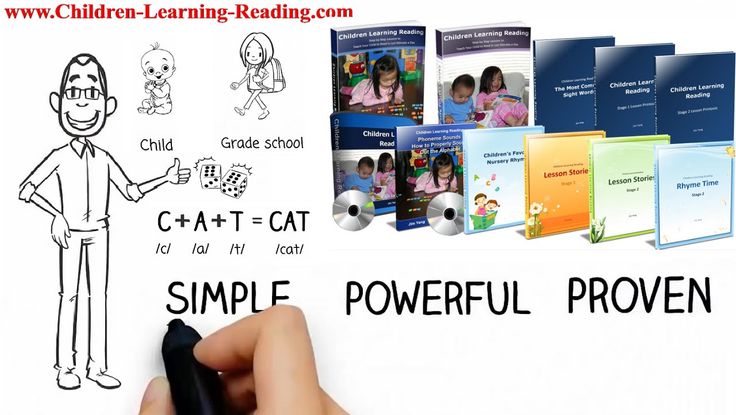 After each series, ask the child about what they watched, ask them to repeat familiar and new words they heard. If there are blocks, ask the child to collect these words.
After each series, ask the child about what they watched, ask them to repeat familiar and new words they heard. If there are blocks, ask the child to collect these words.
Operate not on the principle of quantity, but on the principle of quality. It is important that the child not only learn the words, but also actively use them in speech.
| English Cartoon Resource Collection SeeZis Kids The site contains a lot of cartoons, where in the course of the story the child is asked to perform some actions: count the monkeys, repeat after the hero, etc. KidsFirstTV YouTube channel with lots of funny cartoons. The characters in the videos are often the same, which will help the child get used to them and concentrate on learning better. Super Why - Wild Brain A whole animated series where the characters get into different troubles. |
Let's summarize and repeat what needs to be done so that the child starts learning English with fun and pleasure.
How to study English with a 3-4 year old child
-
Play more with the baby, offering him a variety of types of games: from quiet, where perseverance and attention are required, to fast ones, where speed and reaction are needed.
-
Invite your child to join online education. Choose some exciting games from our selection and turn learning English into a real adventure.
-
Sing songs: the more the better. There are so many songs in our collections that any child will find something that he likes.
-
Watch cartoons with your child.
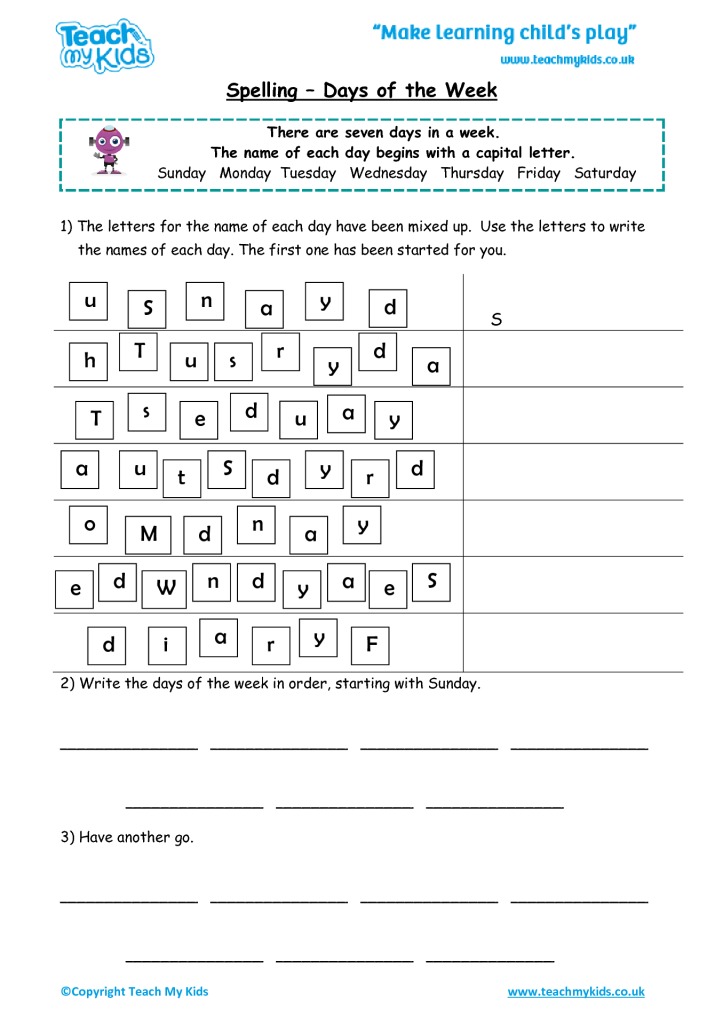 Pick up a few animated series in English that he will like and spend 15-20 minutes every day watching and the same amount to fix everything.
Pick up a few animated series in English that he will like and spend 15-20 minutes every day watching and the same amount to fix everything. -
Surround your child with English: insert the words he has learned into everyday speech. Ask the child to do something: bring a book, drink milk, walk the dog - all in English.
-
Maintain a balance between study and free time. Do not turn the child's acquaintance with the language into a routine - let the child form only positive associations with the subject. The school will get better anyway.
-
Don't compare your child's progress with other children's. It is better to praise and reward for small victories - the more motivation, the greater the progress in learning.
How many English words do you already know?
Let's define your vocabulary - without complex questions and with the help of smart algorithms.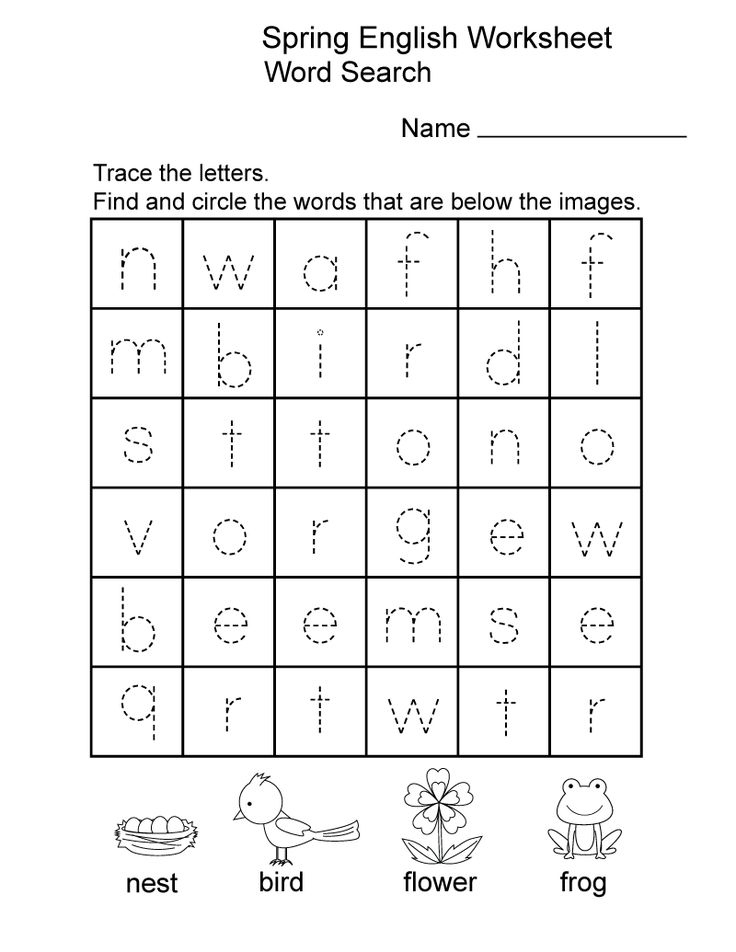
English for 5-7 year olds
Teaching English to a 5-7 year old child is no different from teaching a younger child. The basic rules and techniques remain the same. The base is the game. Only in this way can a child at this age really effectively learn the material.
After four years, parents may start thinking about courses, language schools and tutors. During this period of development, the child experiences a great craving for communication with peers.
While a three-year-old child may perceive such a situation as hostile, a six-year-old child, on the contrary, should have enough social interaction. In addition, courses and various language circles will help the child overcome the fear of speaking in a non-native language.
We all know firsthand what a “language barrier” is. The sooner a child gets used to communicating in English, the more likely it is that, growing up, he will only become more confident, getting into one or another language situation.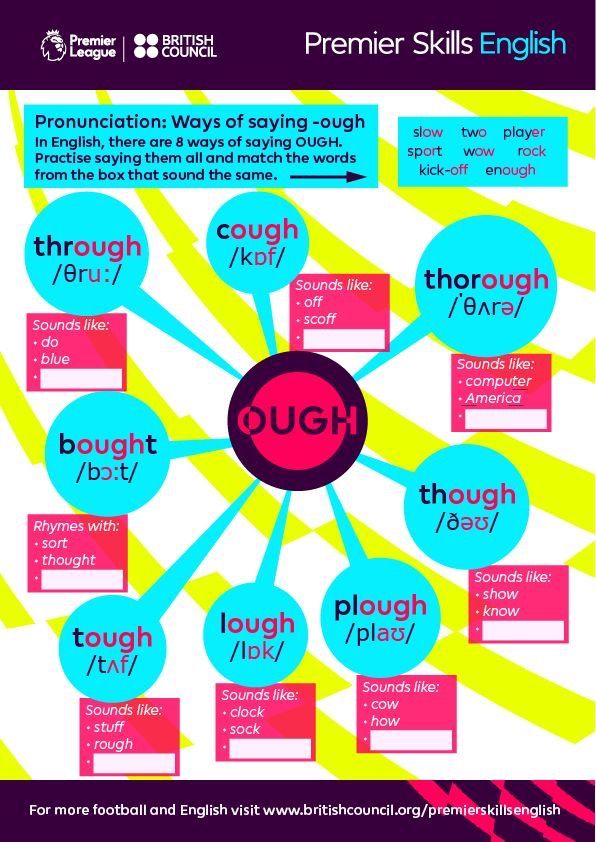
As a rule, if the study started from the age of three, then by the age of 5-7 the child can already quite coherently express himself in simple sentences in English, understand simple speech and more or less correctly build grammatical structures.
Such success should not be a reason to take a break or rest before starting school. You must be prepared that you will have to learn a second language, if not all your life, then most of it. Because the human brain has an unpleasant habit of forgetting all the most necessary things very, very quickly if we don’t use it in any way.
Continue to play with your child and integrate new words into everyday situations. You can play in different ways. Now many parents are leaning towards online education. There can be many reasons: lack of time, lack of confidence in one's own teaching talents, or simply a desire to dilute live classes with online learning games.
The myths around online education have been dispelled and refuted a long time ago.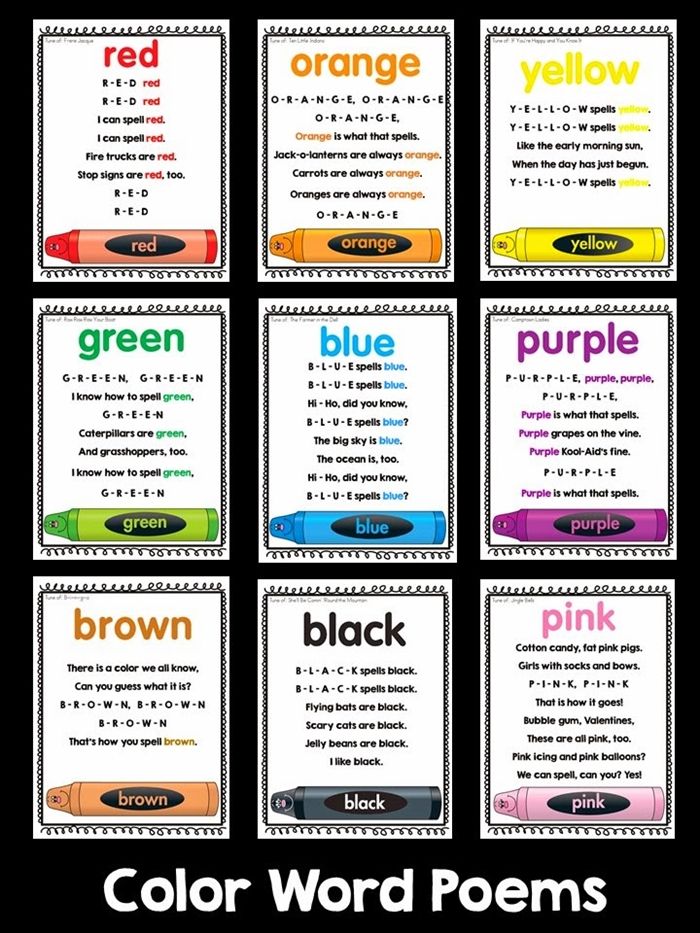 We know that as a means of development, online games are in no way inferior to communication between a child and a teacher.
We know that as a means of development, online games are in no way inferior to communication between a child and a teacher.
With the help of online resources, the child will easily learn to read and count in English, develop intelligence and logical thinking. The gameplay in educational games is designed in such a way that in addition to the main skill (reading or counting), the child acquires secondary knowledge about the world around him.
At the same time, the issue of using gadgets to teach the youngest causes a lot of controversy. To strike a healthy balance between live learning and online education, keep gadget use under strict control. Limit the time your child spends in front of a screen. Do not forget to involve him in live outdoor games.
Also, don't forget to turn off in-app payments if your child is learning from a smartphone or tablet - this will help you avoid unplanned in-game purchases.
| Sites with games for learning English Games to learn English. Digital dialects. An excellent site for those who are taking their first steps in learning English. There are a total of 12 tasks on the site. It is assumed that each completed game should help to learn 10-15 English words. It is important that the lessons are designed in such a way that new words are not just memorized, but memorized correctly - next to each word there is a headphone icon, by clicking on which you can listen to how this word is pronounced. 2game. On the site you will find a lot of tasks. All of them are in English, but not all are aimed at learning. If you study the resource well, you can find a lot of educational games for the little ones. |
Of course, there are never too many games, but it is better to continue to alternate between online and live mobile lessons. You can also connect fine motor skills: ask the child to draw a number, letter or object. In the future, this will help him begin to write and memorize words.
It is assumed that at this age it is already possible to start reading books. Choose thin books with large print and colorful pictures. In this case, the more pictures, the better. Read aloud, ask to repeat and retell. Reading is a process that forms new neural connections in the brain. It is unlikely that something more useful in learning a language has been invented so far than reading.
Read aloud, ask to repeat and retell. Reading is a process that forms new neural connections in the brain. It is unlikely that something more useful in learning a language has been invented so far than reading.
The older the student, the longer and more complex the cartoons they watch should become. From 15-20 minutes you can move on to 30. Choose such cartoons where the phrases of the characters become more complicated. The storyline should also become a little more complicated.
Free English lessons with a native speaker
Practice 15 minutes a day. Learn English grammar and vocabulary. Make language a part of life.
English for elementary school students
Usually a second language is taught at school from the second grade. But if you start studying earlier, by this time you can achieve good success: you can easily count to 20 and discuss the simplest topics.
If, at the age of eight, a child starts learning a second language from scratch, then it is worth adhering to all the same principles: games, songs, repetition.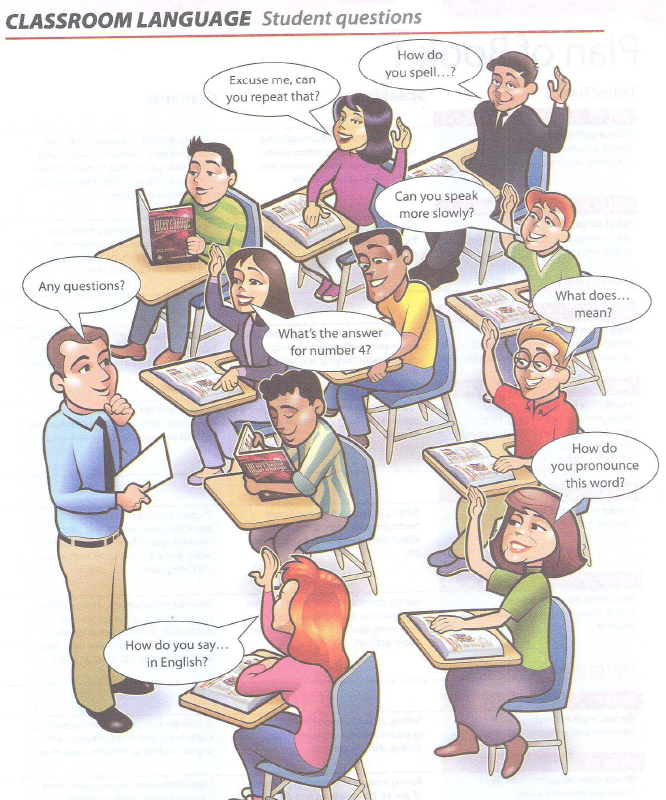
It is usually much more difficult to get a student interested in a subject - they have many other interests. At this stage, it is important to carefully integrate additional activities into the child's daily routine.
It is necessary to act as delicately as possible so as not to frighten off the student. Most likely, it will not be easy to explain to a second-grader why it is not enough for him to learn English at school and why he needs to study extra. So just keep playing.
At this age, more attention should be paid to reading, to teach the child to work with the text. Gradually, the book should become thicker, and there should be more text in it.
If you decide to work with your child on your own, without a tutor, be prepared to figure out intensive reading on your own.
Intensive reading implies a detailed analysis of the text. So the child learns to clarify for himself incomprehensible places in the text, gets acquainted with grammatical constructions, learns to ask the right questions based on the content.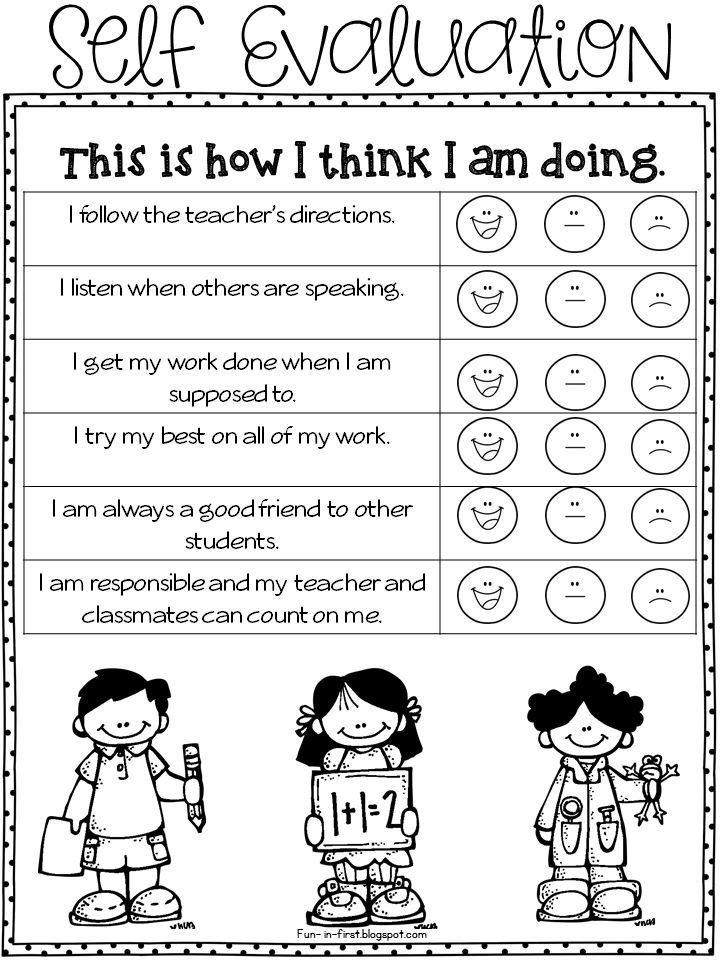
The text in a foreign language for intensive reading should be short and interesting. The longer the text, the less likely the child is to understand it to the end. Choose texts of this type:
- I am nine years old. I love all holidays. Birthday is my favorite holiday. My birthday is on the fifth of November. I usually have a party on this day. I invite my friends. We have much fun during the party. We eat cakes, sweets and ice cream. We play games. I get a lot of presents on this day.
| Answers to questions to the text should fully disclose the content of the topic
|
Find texts in English.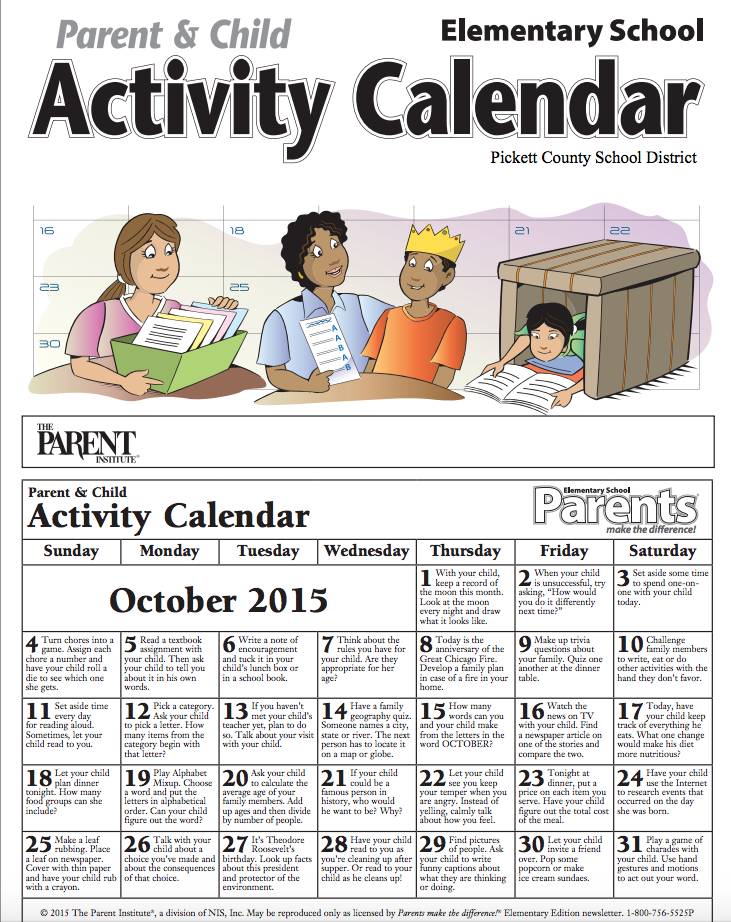 language to practice reading skills. For example, on the website of the British Council. Here we have collected a lot of interesting texts, distributed by difficulty levels. Each text is accompanied by pictures and exercises to reinforce reading comprehension. The child should be interested in working with texts of this format.
language to practice reading skills. For example, on the website of the British Council. Here we have collected a lot of interesting texts, distributed by difficulty levels. Each text is accompanied by pictures and exercises to reinforce reading comprehension. The child should be interested in working with texts of this format.
However, to develop reading skills, it is recommended to read on paper. For a long time, all possible experiments have been carried out that have proved the high efficiency of such reading. If there is no book with texts, then you can print texts from the Internet.
You can also use audio books to learn a foreign language. After reading the text, and then listening to it, the child will soon learn new vocabulary and will not get confused in the pronunciation of new words.
English demo
We will determine the level and set a goal, and then we will teach you to speak English fluently.
How to learn English with a child: advice for parents
It may seem that helping a child learn a foreign language is very difficult, but it is not. To make it bring only pleasure, follow some simple recommendations, and everything will definitely work out.
To make it bring only pleasure, follow some simple recommendations, and everything will definitely work out.
- Don't take language learning too seriously. Do not forget for a moment that this is just an exciting game in which there are no losers and winners.
- Your task is to captivate the child. He will do the rest himself.
- Use as many play techniques as possible. Do not try to evaluate the material from the point of view of an adult. The more varied the games, the faster and more fun the child will learn. The same actions, albeit in the form of a game, will still one day turn into a routine and get bored.
- So support diversity. Connect surrounding objects, relatives, pets to educational games.
- Don't neglect online education. You can protect your child from gadgets for as long as you like, or you can learn how to benefit from them. The benefits of interactive online games have long been confirmed, so you should not be afraid of them anymore.
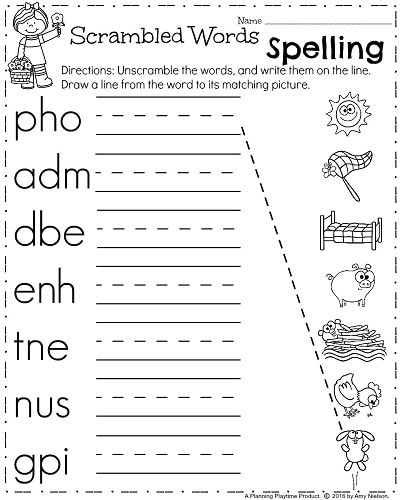 Choose games with your child, track the process.
Choose games with your child, track the process. - Online learning does not mean that the parent is not involved in the process. You should record the results, ask the child test questions and ensure that the learned words are used in speech.
- Track your child's progress. Buy or make your own large board that you can write on with colored markers. Children are arranged in such a way that in the “achievement-prize” combination, any information is absorbed better. However, it's not just children.
- To constantly fuel the interest of the child, start a prize fund. It doesn't have to be toys or candy. The prize can be stars cut out of paper. The joy of getting such a star is no less than the joy of candy, you'll see.
- Show your child cartoons in English. Let such viewing become a family tradition - support the baby in his occupation. Until the age of seven, children copy the behavior of their parents, so show your child an interest in English in every possible way.
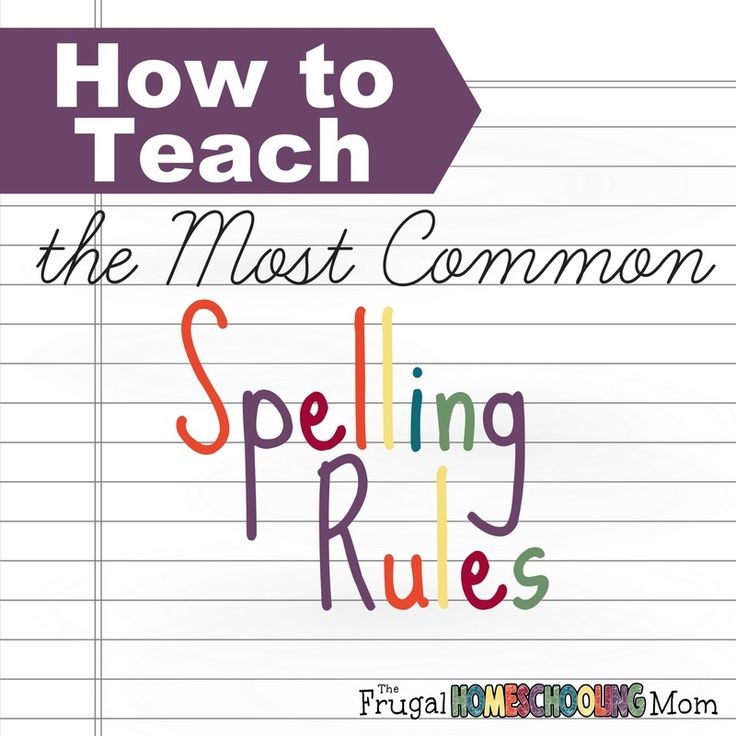
- Play the game "I see" in English. The rules are simple. Anywhere: at home, in a cafe, on a walk, say I see ... and name the objects around - house, car, dog. When you realize that the level of the child's English has grown up, you can add adjectives to the game: big house, red car, black dog. This is a very simple and incredibly effective game.
- If a word is unknown, a suitable flash card should immediately be at hand. A set of such cards can be bought at a bookstore or ordered online. Choose cards with colorful pictures and carry them with you, showing your child at every opportunity.
- Work on your pronunciation right away. Usually this point is missed, because there is an opinion that it is important to know grammar, and only pronunciation is a delight. It is better to take care of the correct pronunciation and correct intonations in advance, so that later your child, who has already grown up, does not have to painfully get rid of the “Russian English” accent for a long time.
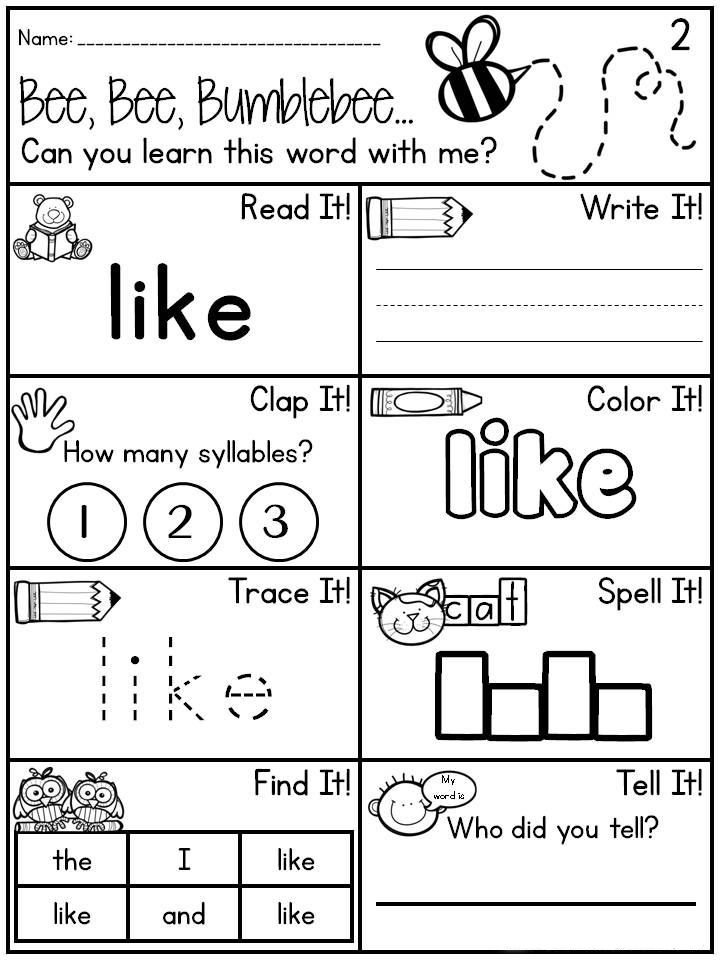 Moreover, the younger the child, the easier it is for him to remember and reproduce the intonations he hears.
Moreover, the younger the child, the easier it is for him to remember and reproduce the intonations he hears. - Songs will help with pronunciation. Sing with the child for so long until you are finally convinced that the work of songs is done. If for some reason singing does not give you pleasure, let your child choose songs to their liking on the YouTube channels that are in the selection above.
- To prevent all these points from getting mixed up in an uncontrollable mess, make a study plan. It is not necessary to make a strict schedule, where the day of the child is scheduled by the minute. A plan is needed to keep a balance in a child's life: play, learning, sleep and free time - everything should be comfortable for the child during the day. This rough schedule will also be useful for tracking your child's progress.
- Spend no more than 60 minutes a day with English at first. This time includes watching cartoons, online games and reading.
 Moreover, all three aspects should not go one after another. It is better if there is a pause of half an hour or an hour while reading and watching a cartoon.
Moreover, all three aspects should not go one after another. It is better if there is a pause of half an hour or an hour while reading and watching a cartoon. - Be consistent. Only regular practice will bear fruit. In the end, you can stop treating the study of English as a study. Then the process will go much faster and more fun.
There are many pitfalls, subtleties and tricks in matters of teaching a child. Most often, behind the simple reluctance to sit down to English, there are many reasons that are far from the subject itself.
Education of a child is always education of parents. To make the process efficient and overcome all sorts of difficulties in interacting with a child who does not want to learn English, we offer a selection of books for parents.
These books are written simply and clearly, it will be not only useful to read them, but also interesting.
| A selection of books for parents Olivier Revol "It's okay: failure is curable!". Madeline Levin "The Most Valuable". The book simply and in detail tells how to properly motivate a child to study. The author pays special attention to how it is worth evaluating the success of the child, and which skills and abilities are really important, and which, in fact, are not. Joe Bowler "Infinite Mind". A book from a teacher at Stanford University, which has specific examples of how to form a developmental mindset in a child. The book explains in detail why a child can and should make mistakes, and how parents should respond to mistakes. Special attention deserves the chapter in which they give examples of how to properly praise a child, and how not to encourage. |

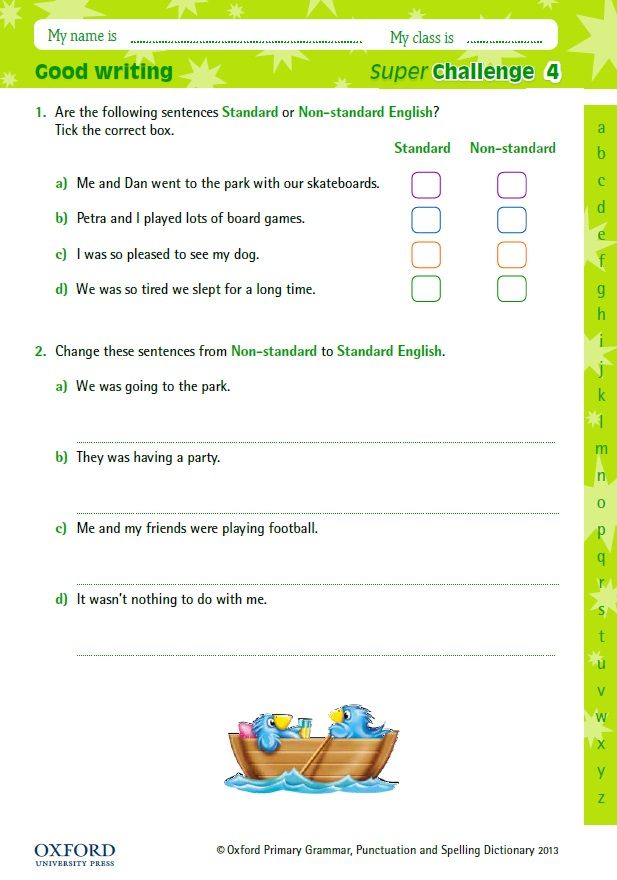 Another YouTube channel with comprehensive song material. Several thousand videos in which they sing without interruption. Parents, hold on.
Another YouTube channel with comprehensive song material. Several thousand videos in which they sing without interruption. Parents, hold on. 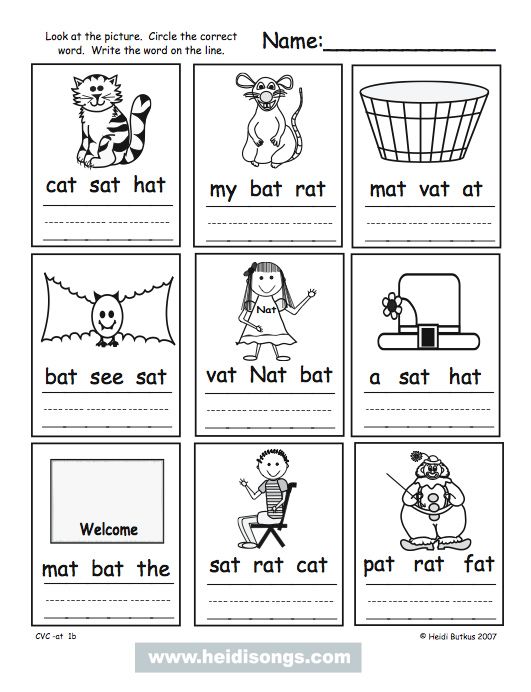 The child will have to help them solve many riddles, and at the same time learn a lot of English words.
The child will have to help them solve many riddles, and at the same time learn a lot of English words.  The site just has a huge number of flash tasks. All of them have different levels of difficulty, so you can easily choose the right ones. The main task of the selection on the site is to help learn as many English words as possible and master the basic skills of English grammar. Many games support download features to play offline.
The site just has a huge number of flash tasks. All of them have different levels of difficulty, so you can easily choose the right ones. The main task of the selection on the site is to help learn as many English words as possible and master the basic skills of English grammar. Many games support download features to play offline. 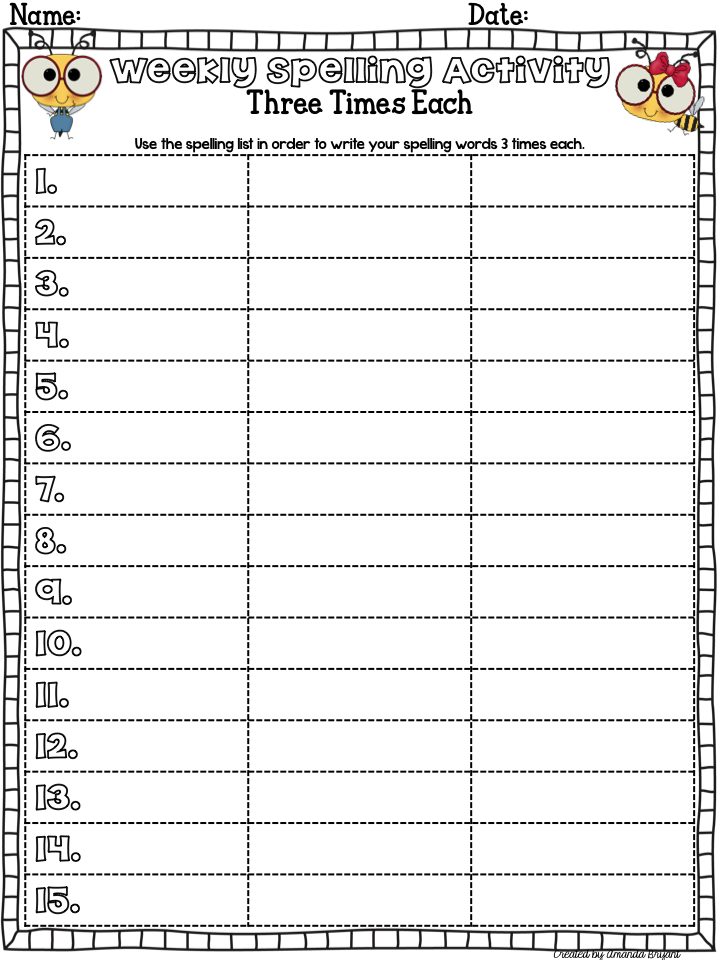 All games are divided into themes. You can choose games for girls and boys.
All games are divided into themes. You can choose games for girls and boys. 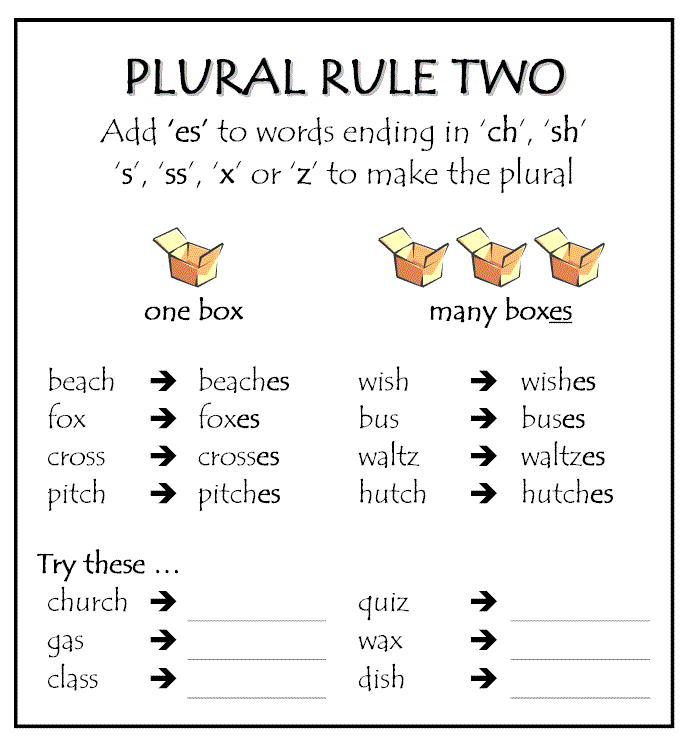 The author of the book is a psychiatrist. He talks about what it really is to fail in school. The book contains a lot of practical advice from Olivier Revol himself and other parents whose children were not enthusiastic about studying.
The author of the book is a psychiatrist. He talks about what it really is to fail in school. The book contains a lot of practical advice from Olivier Revol himself and other parents whose children were not enthusiastic about studying. 